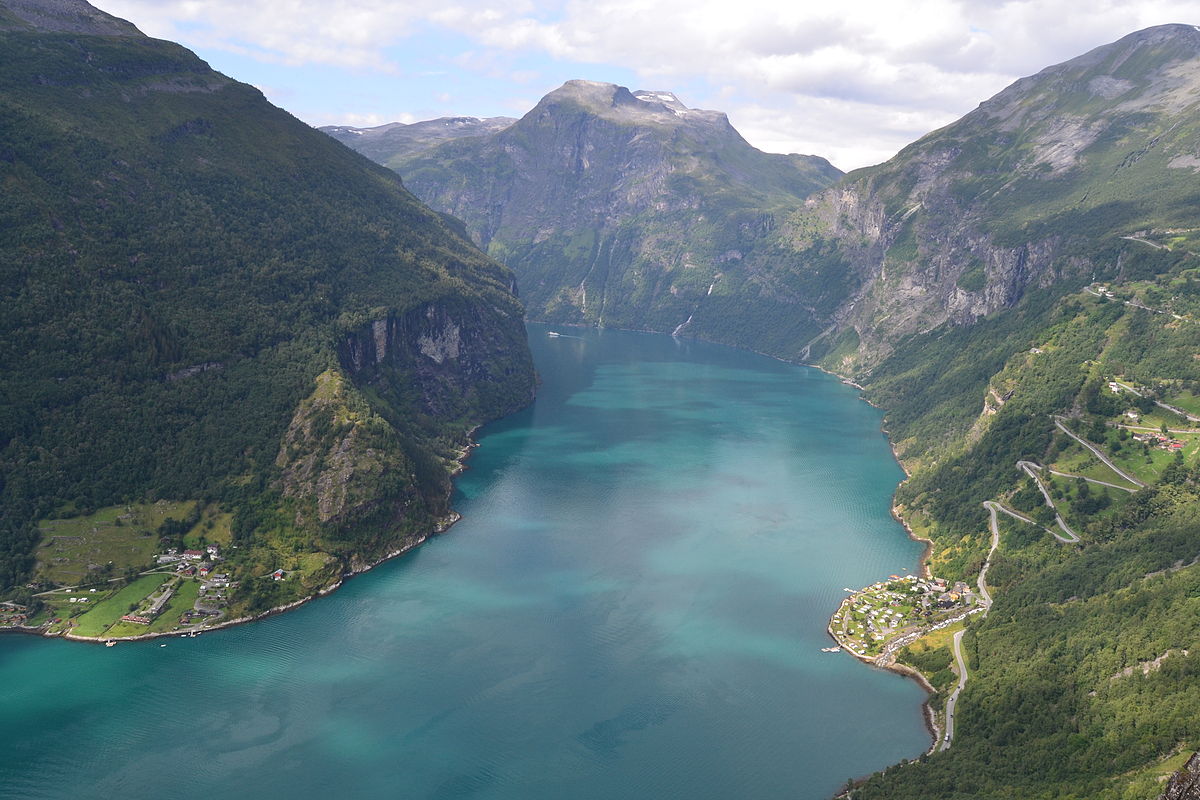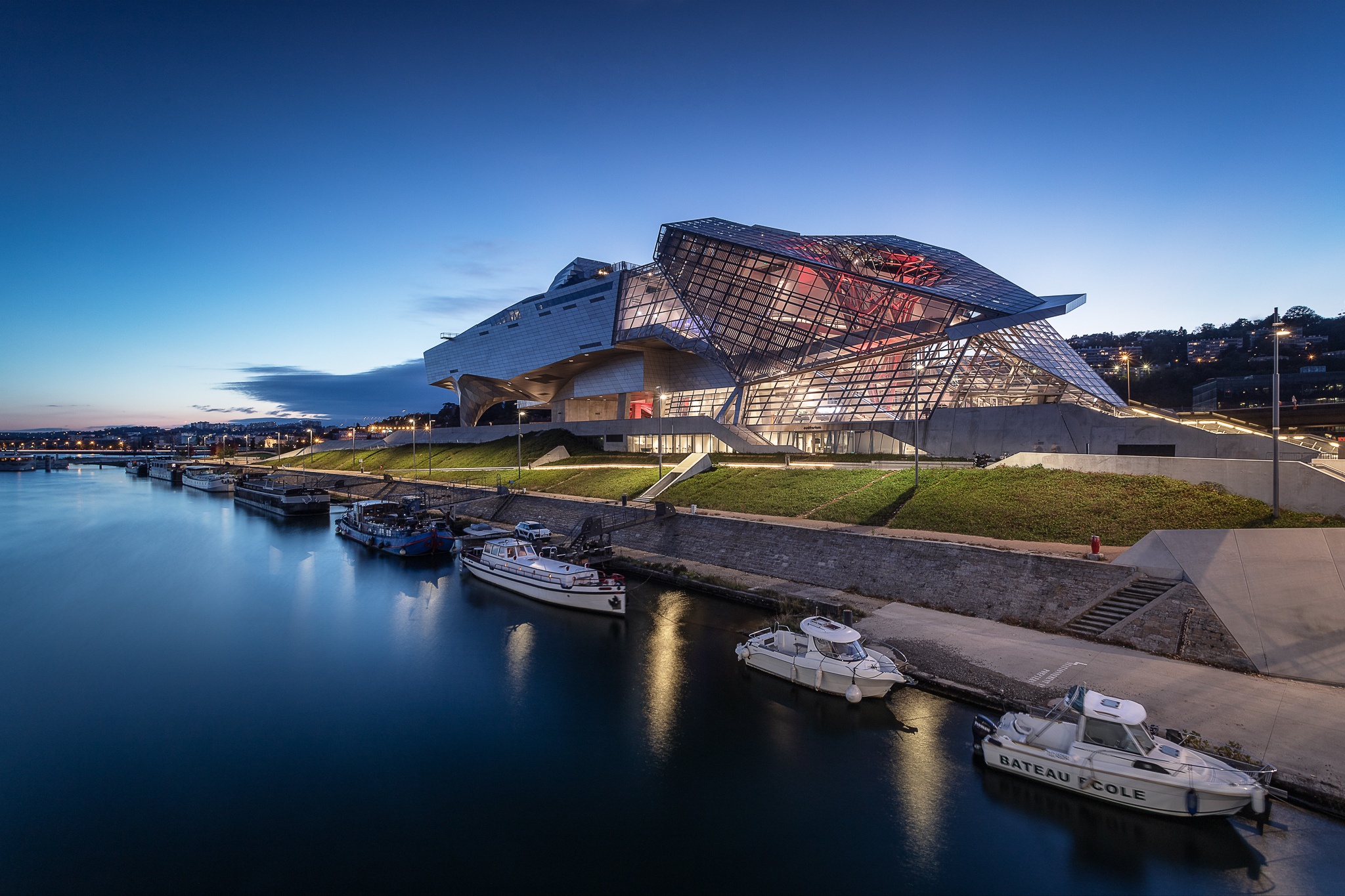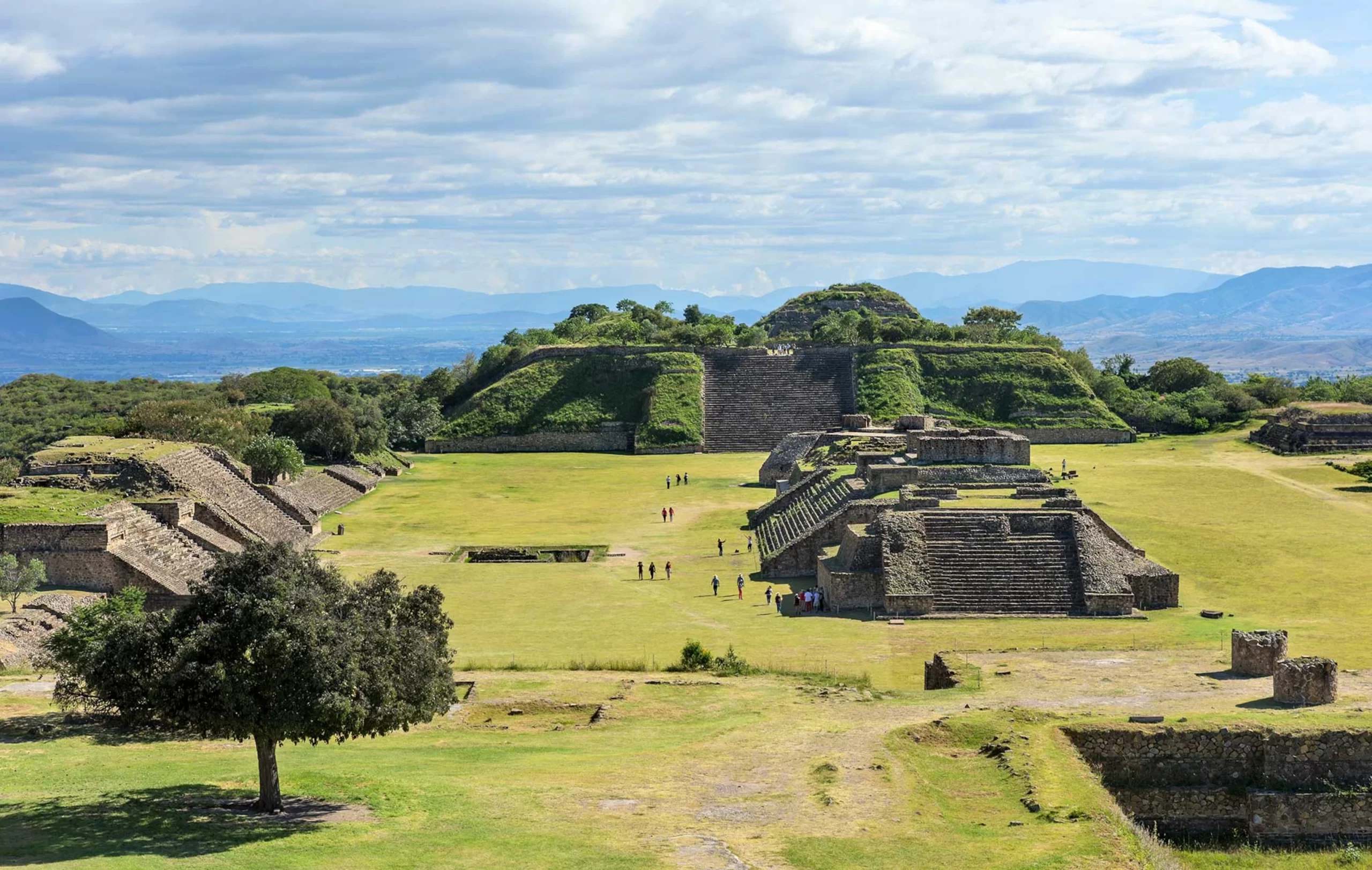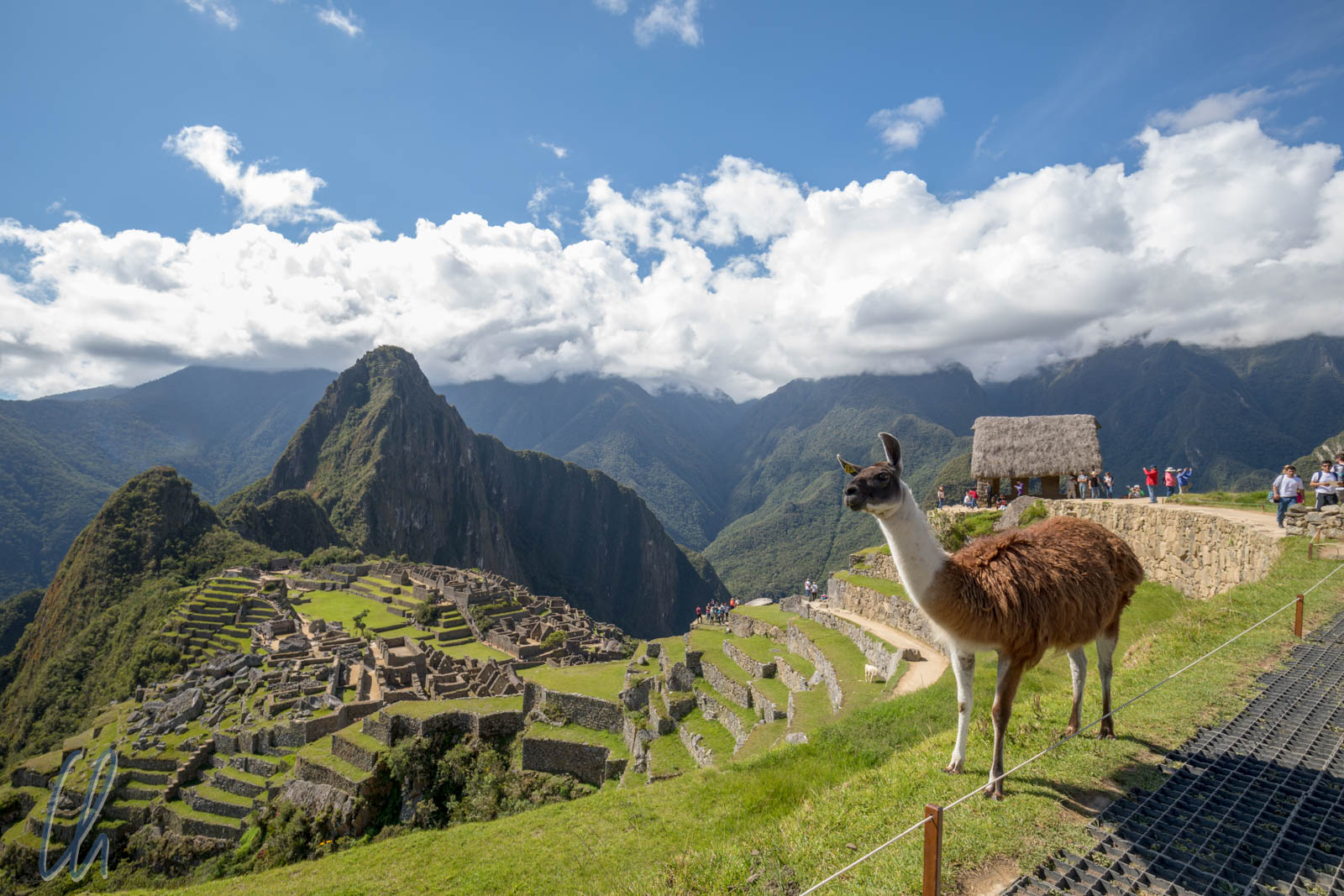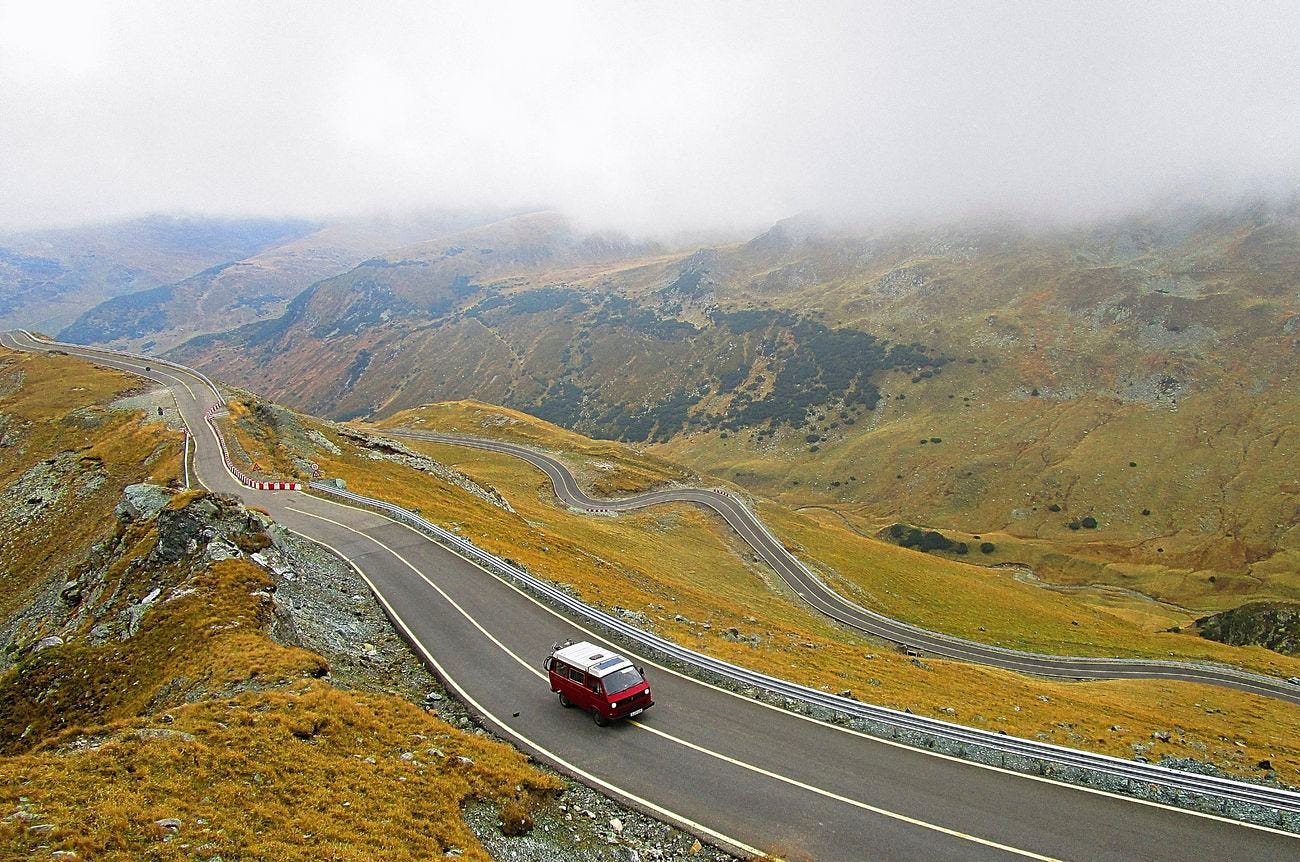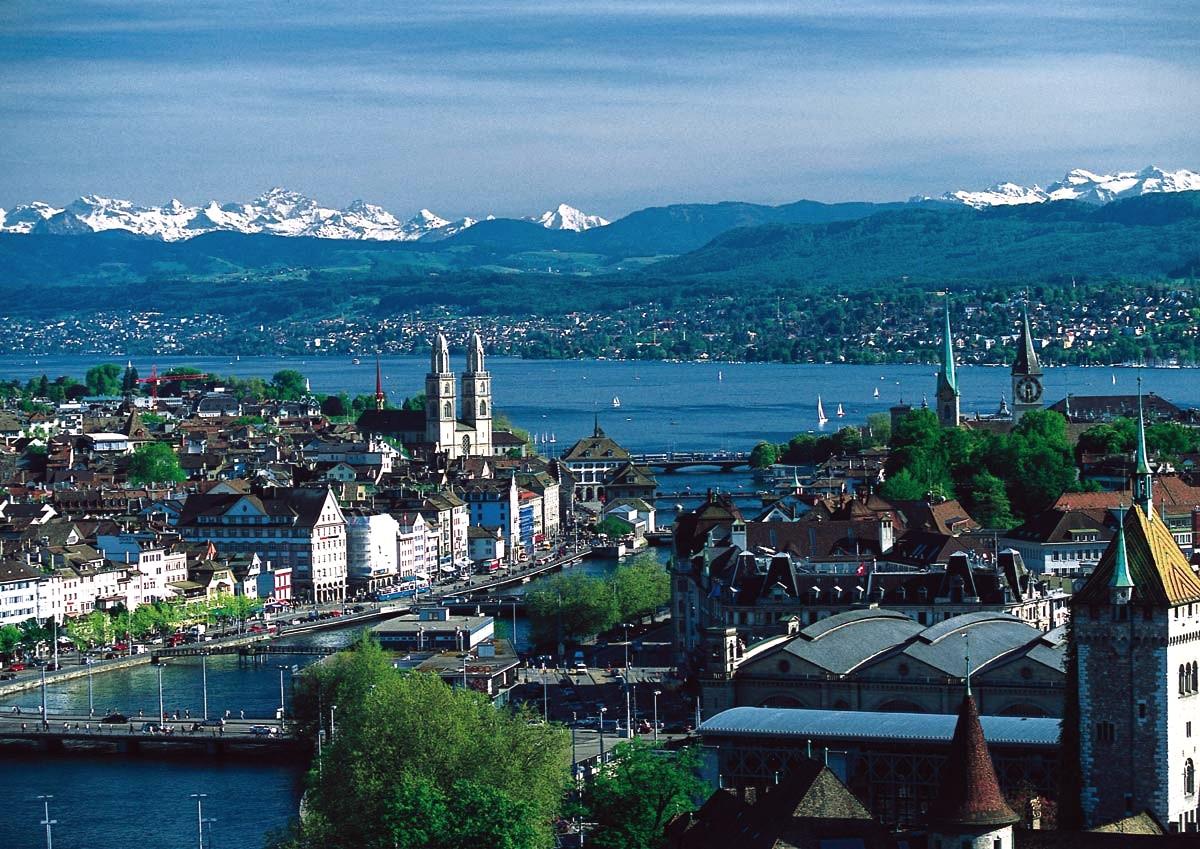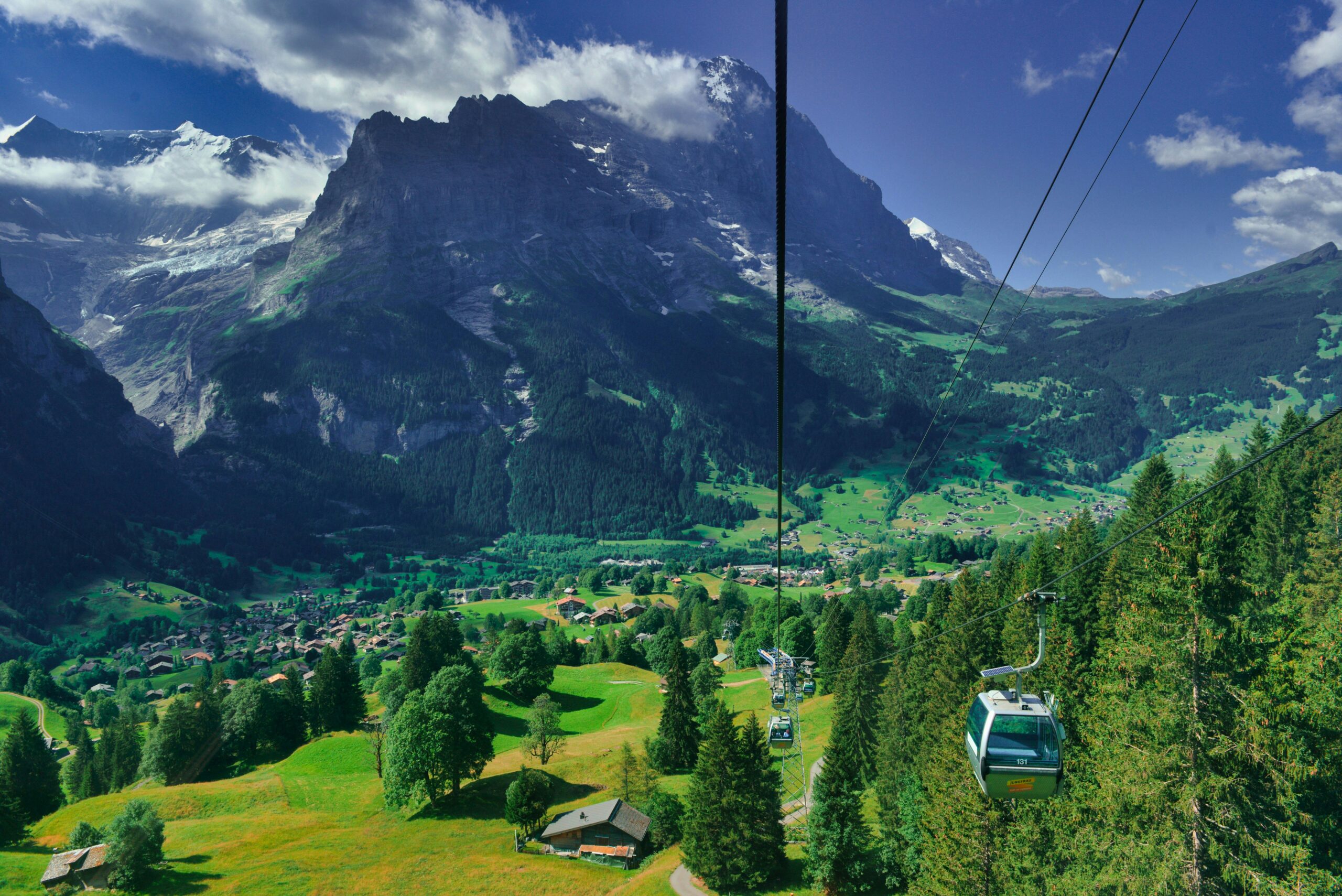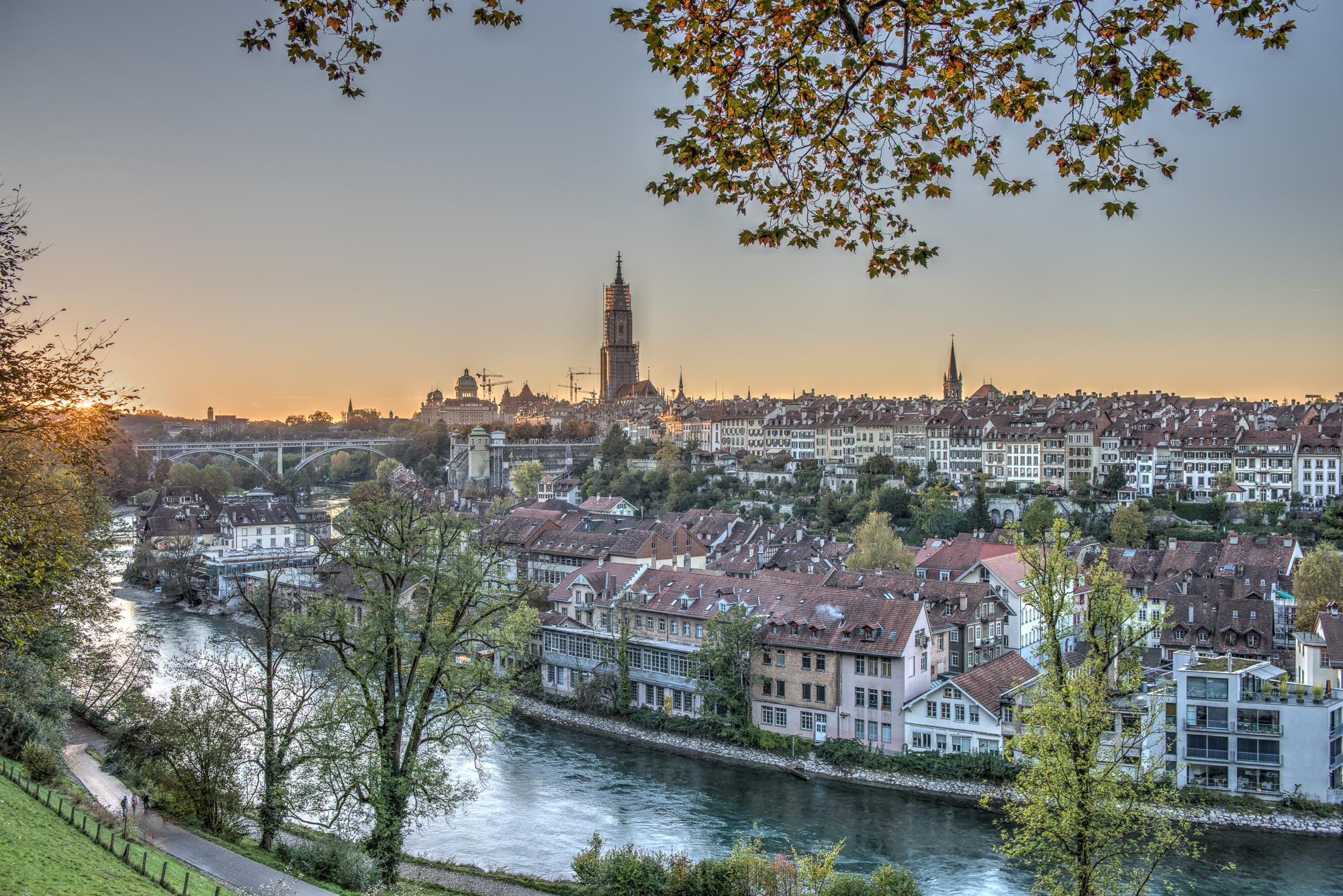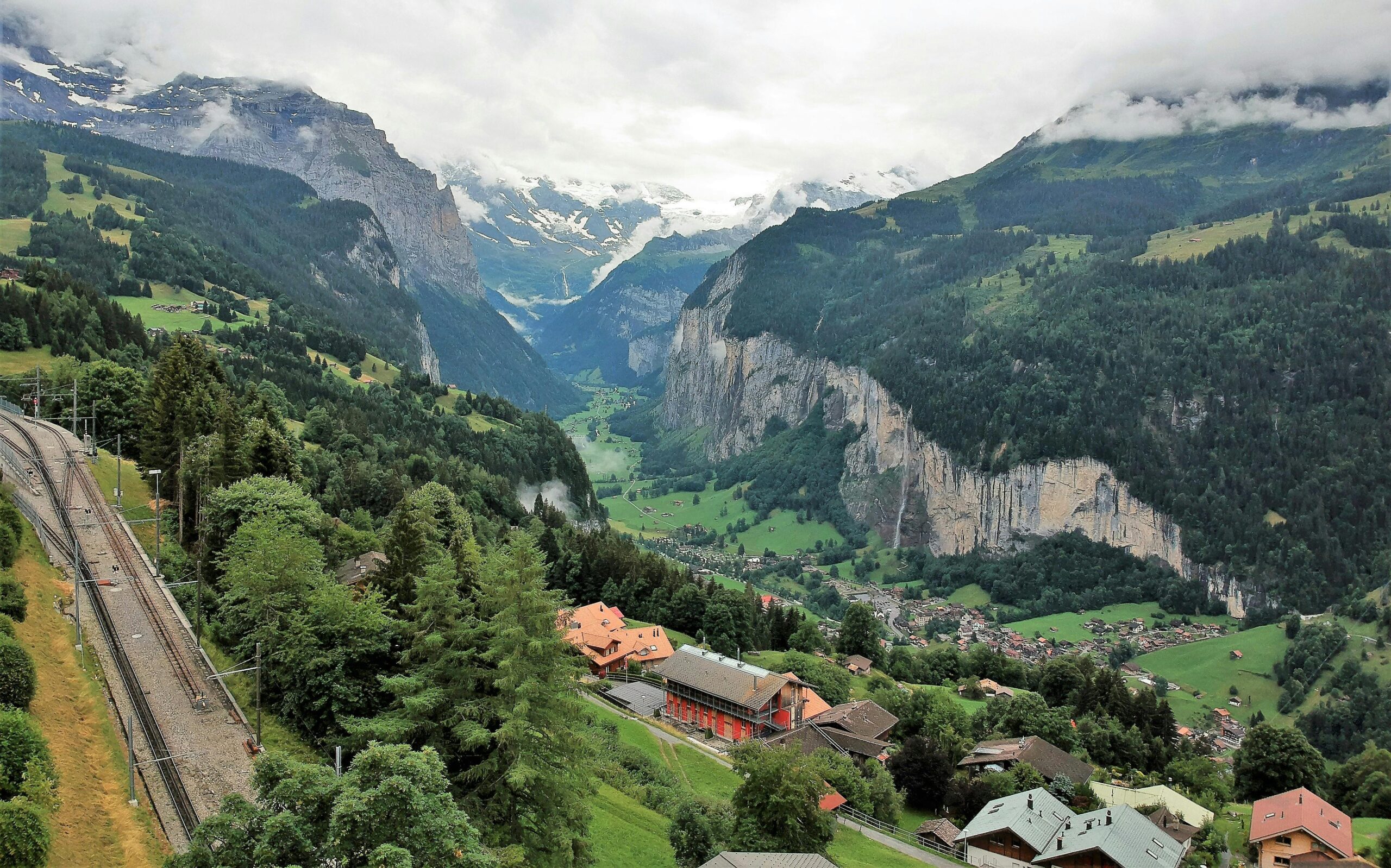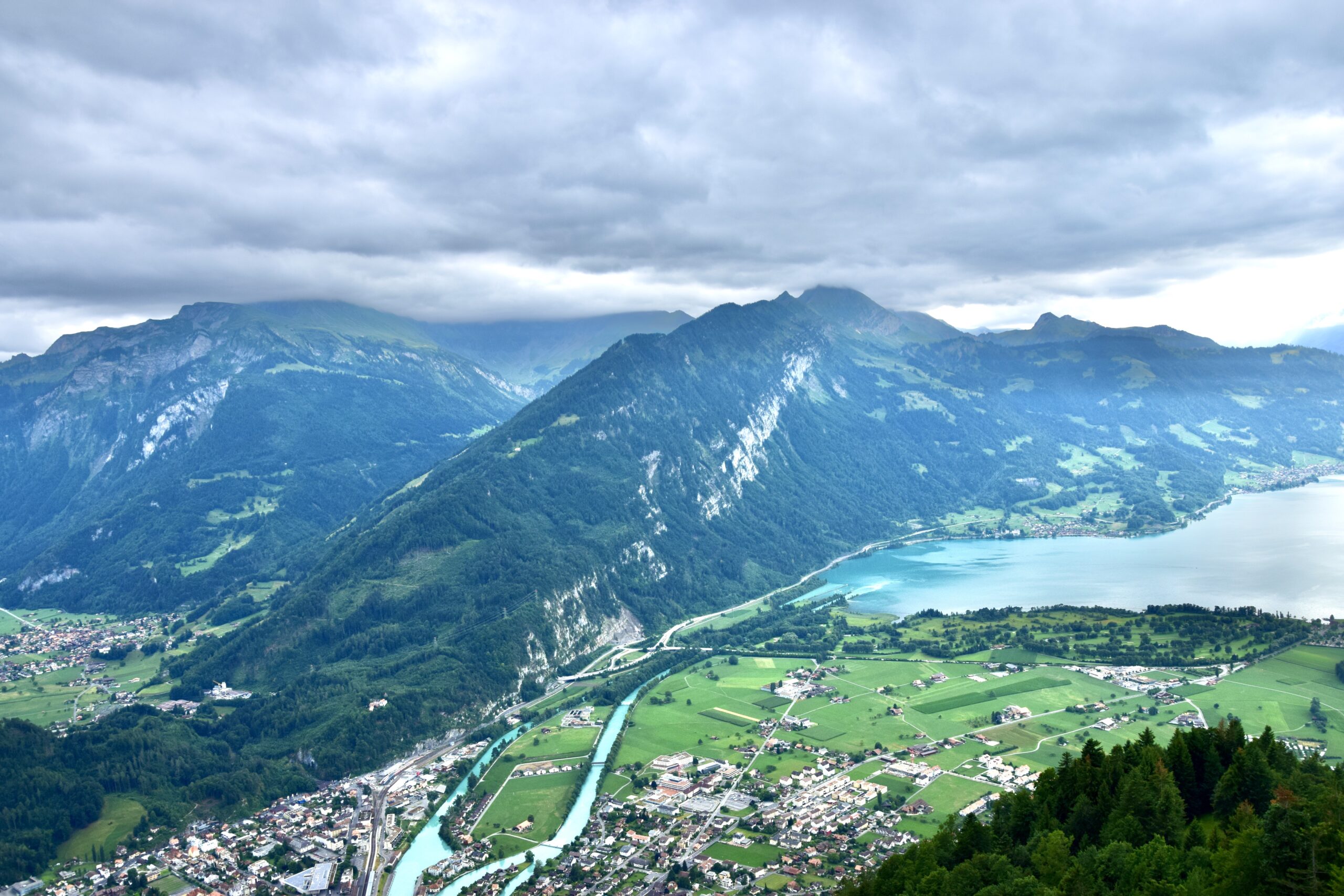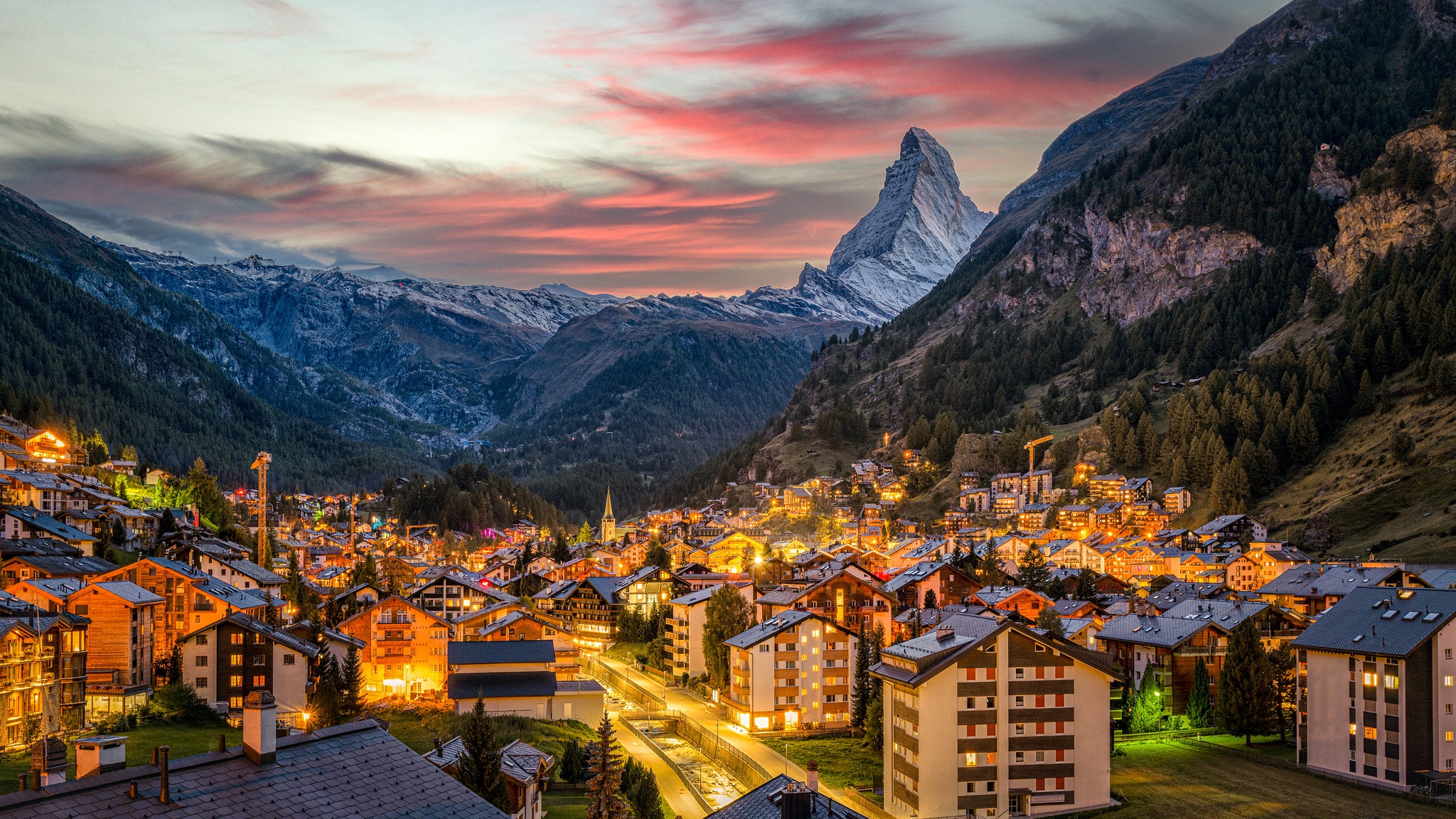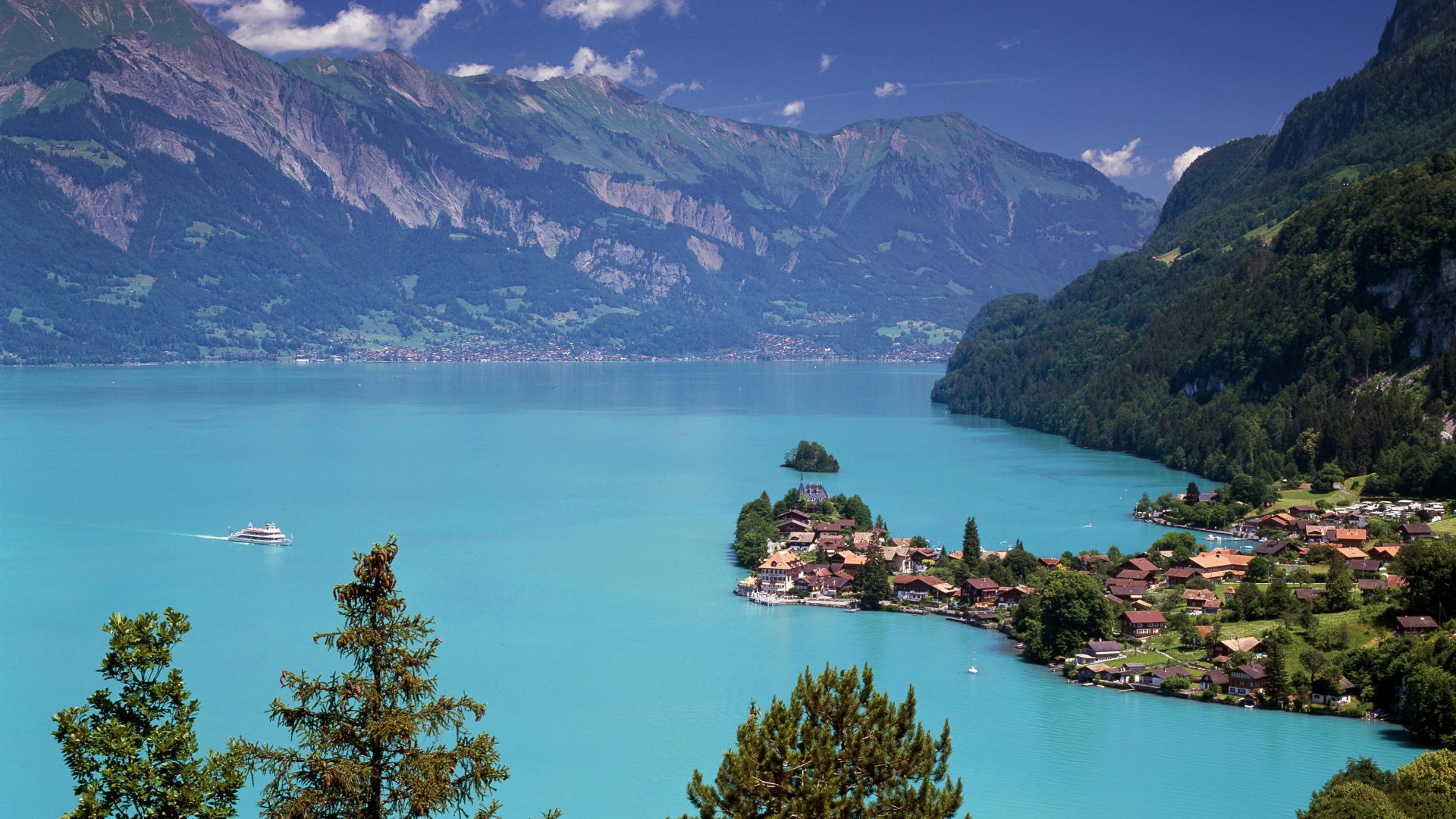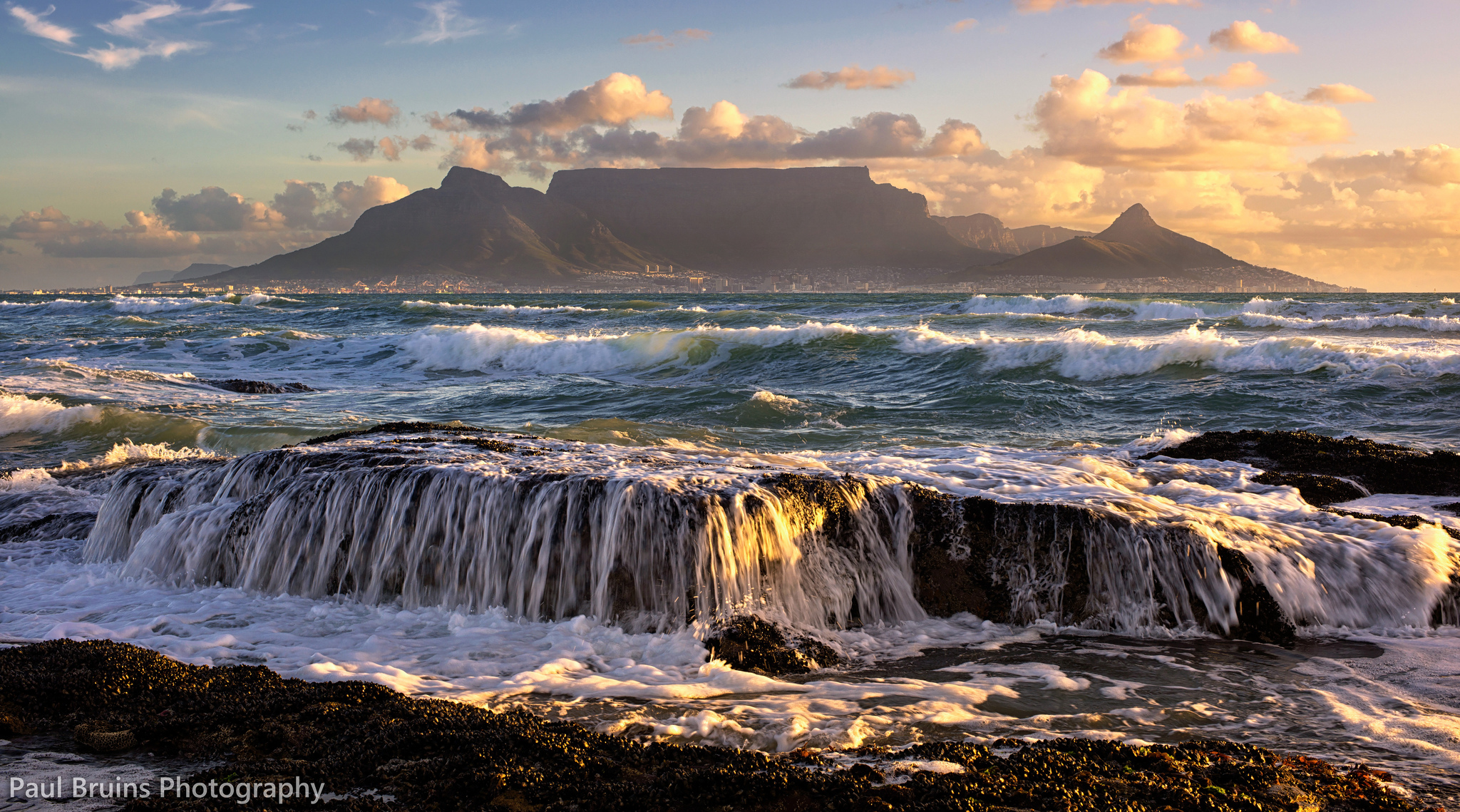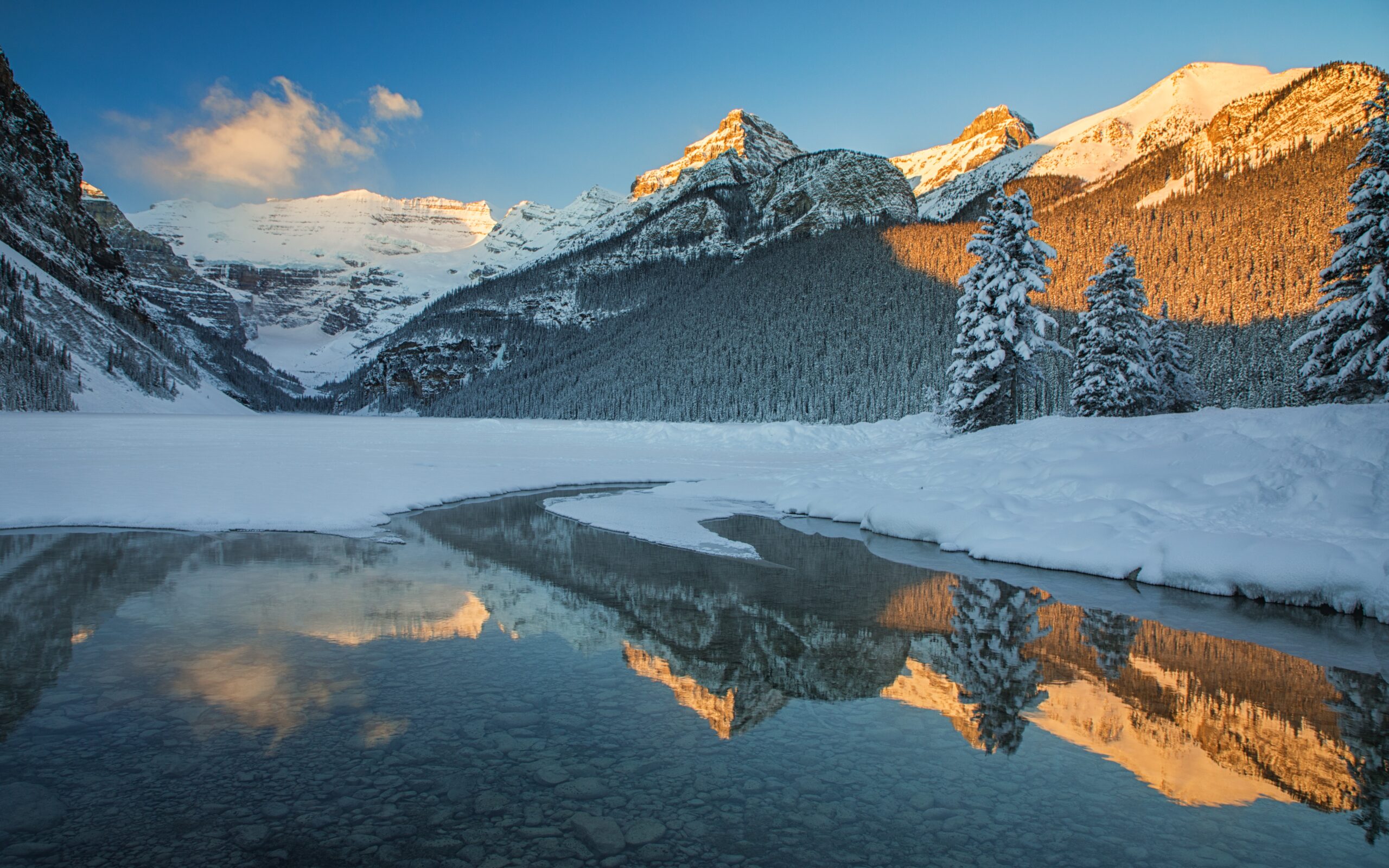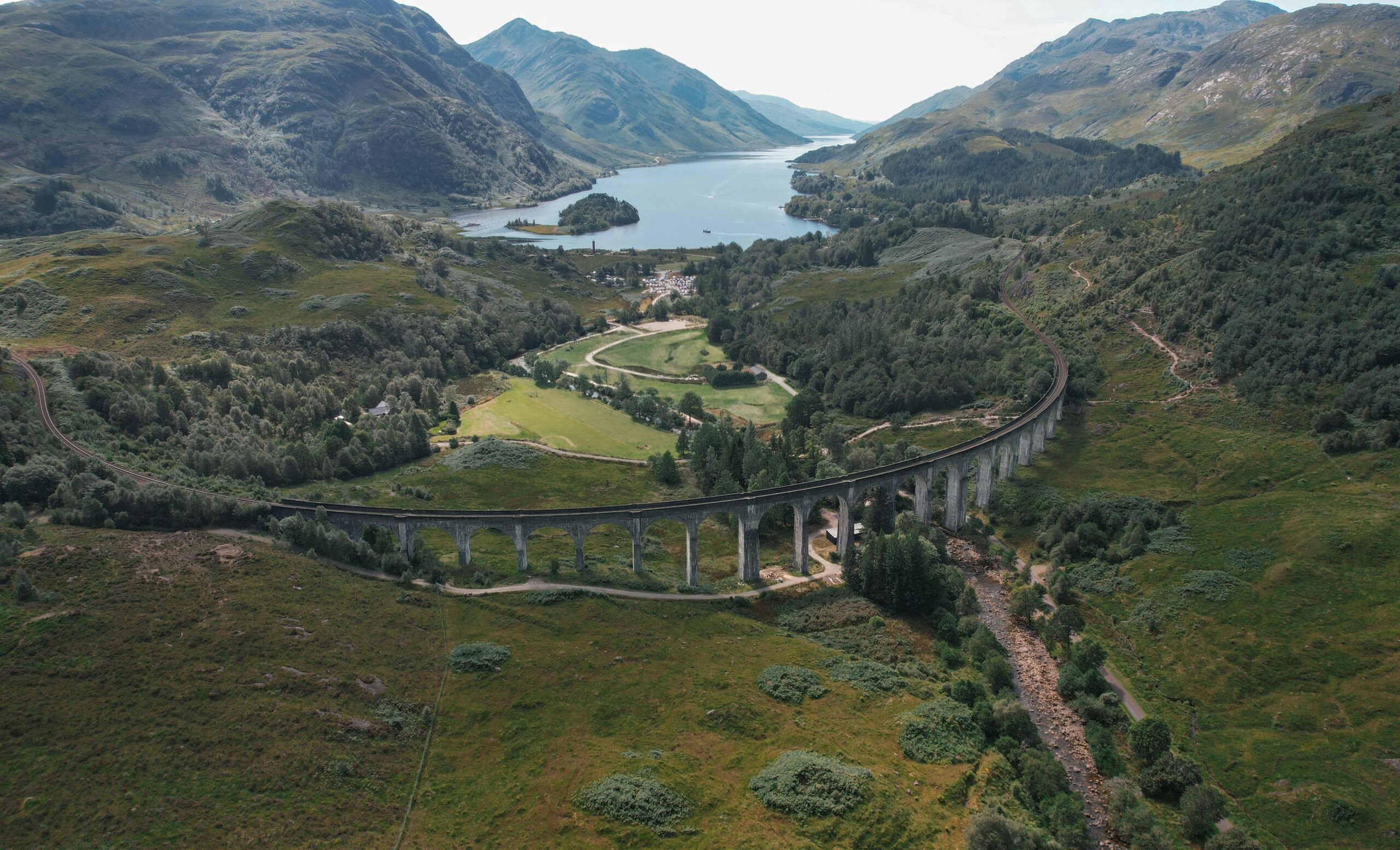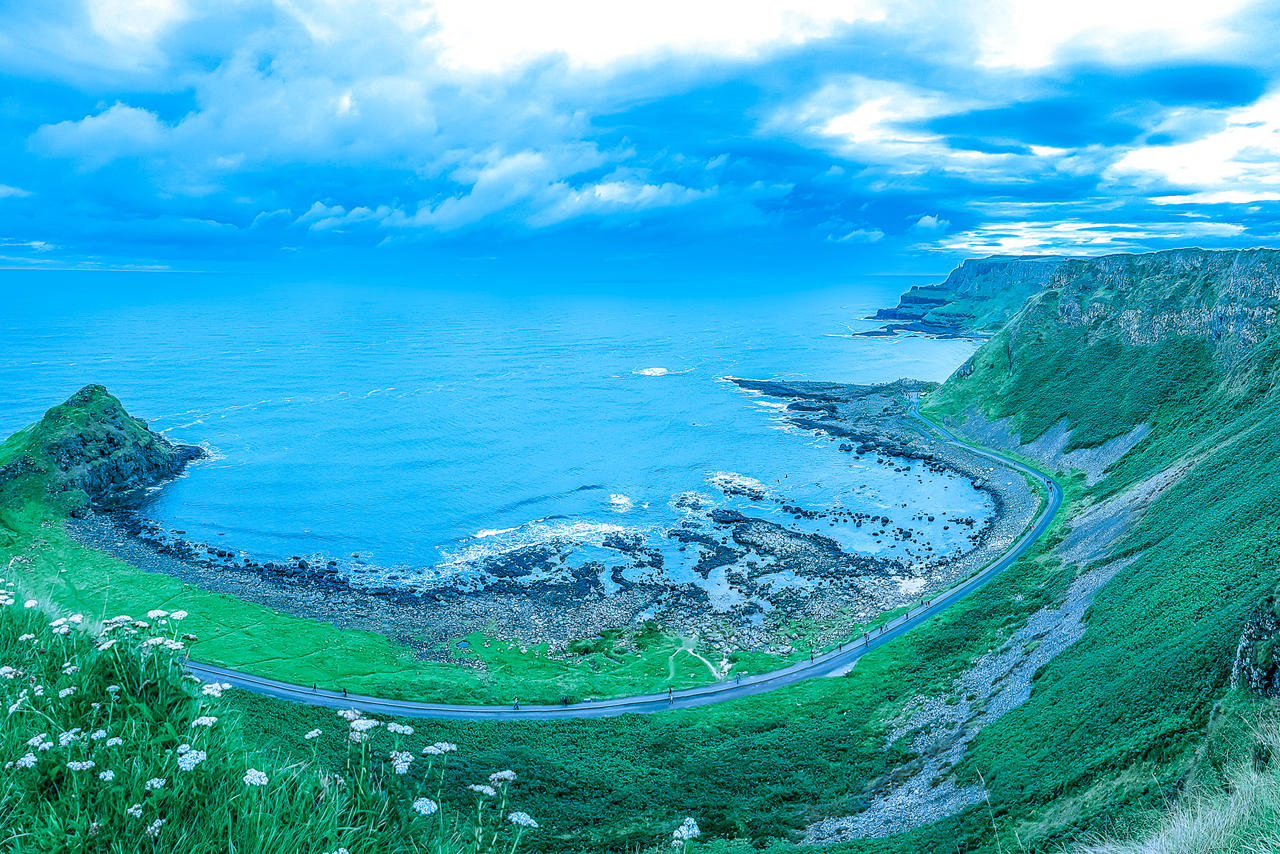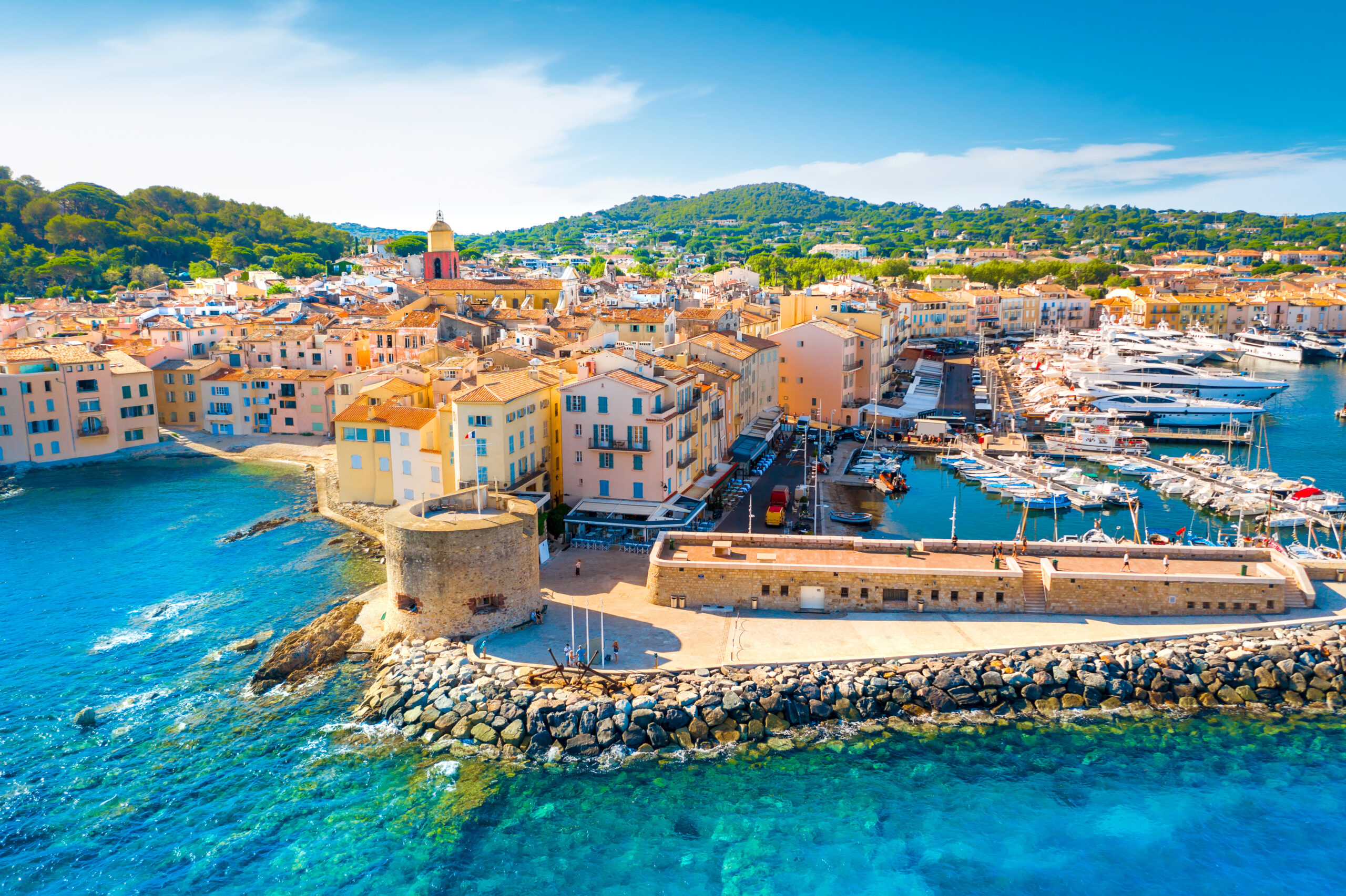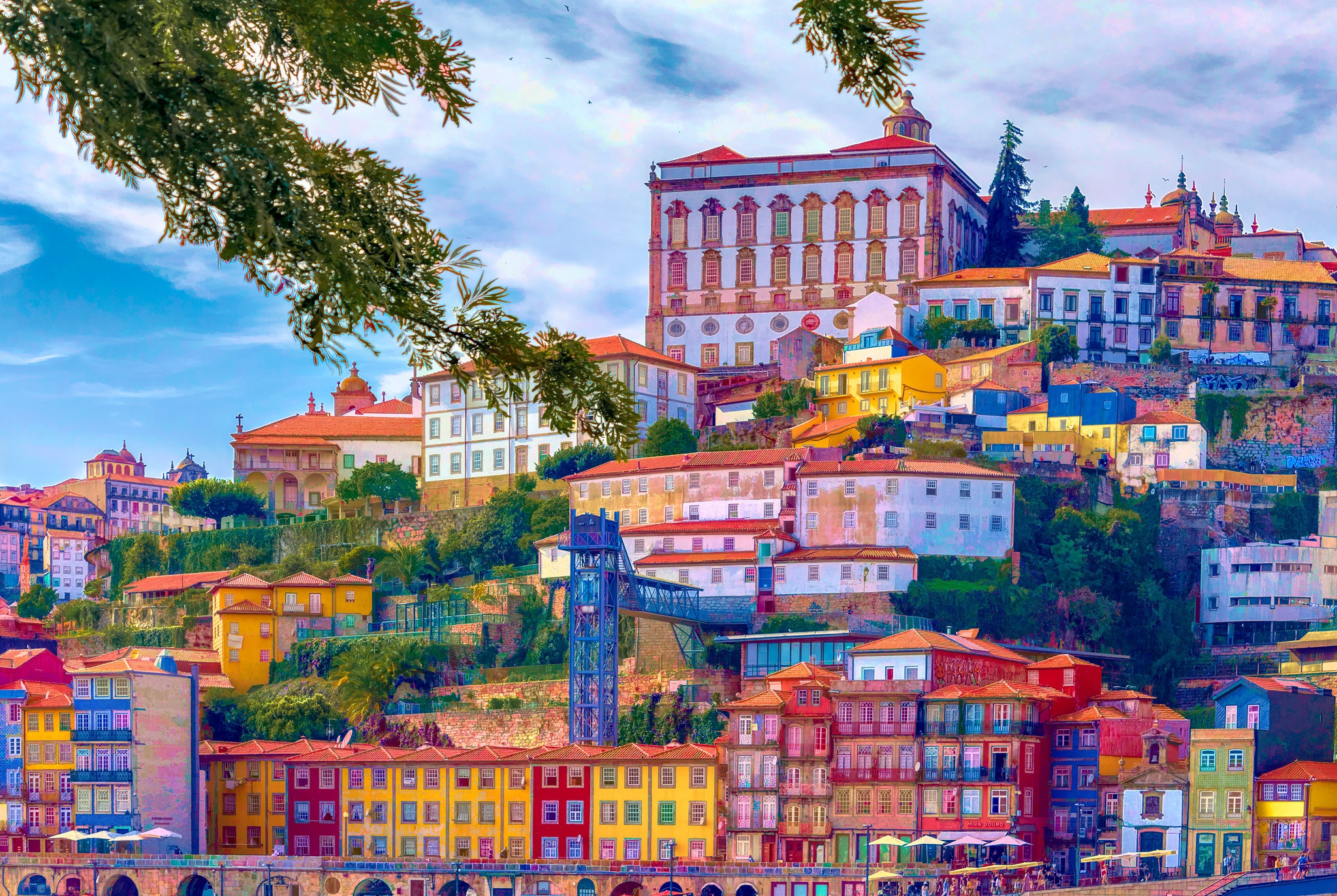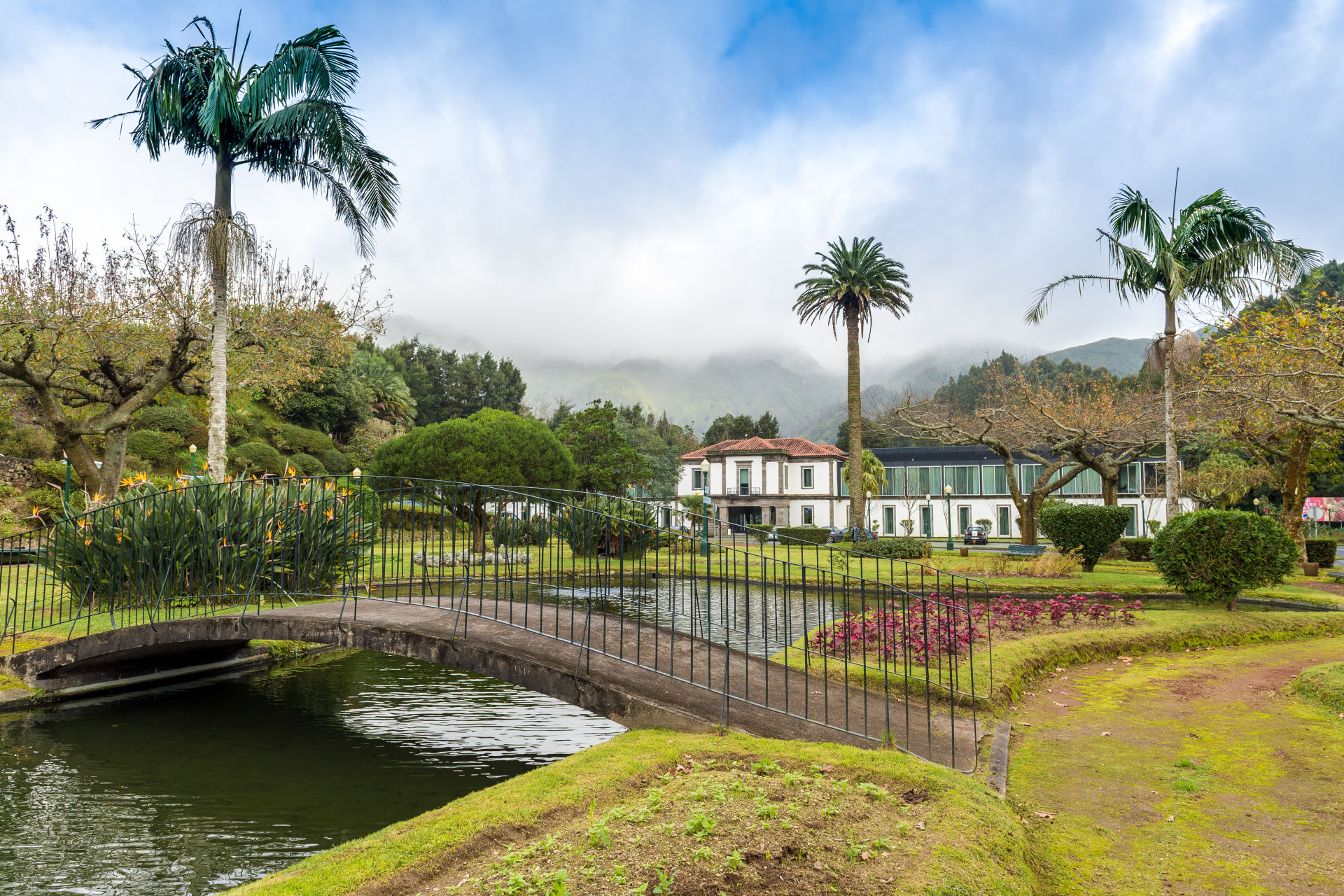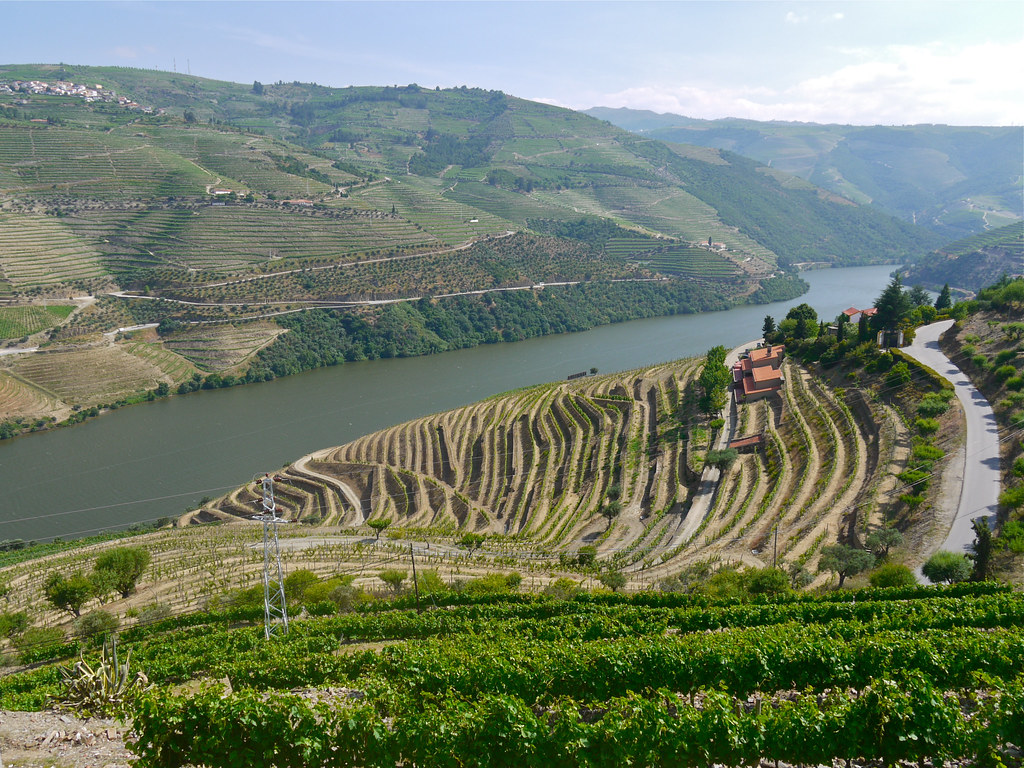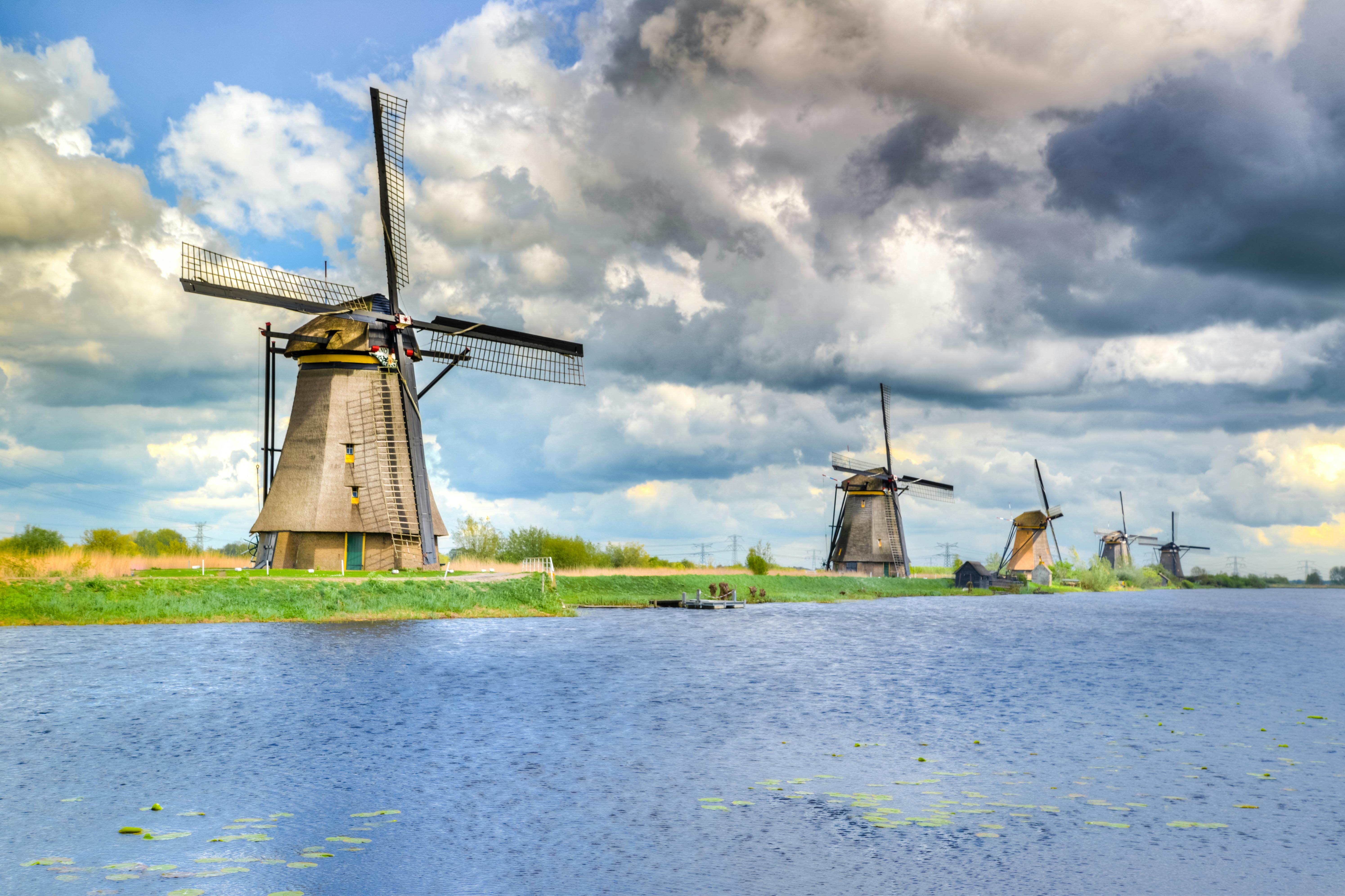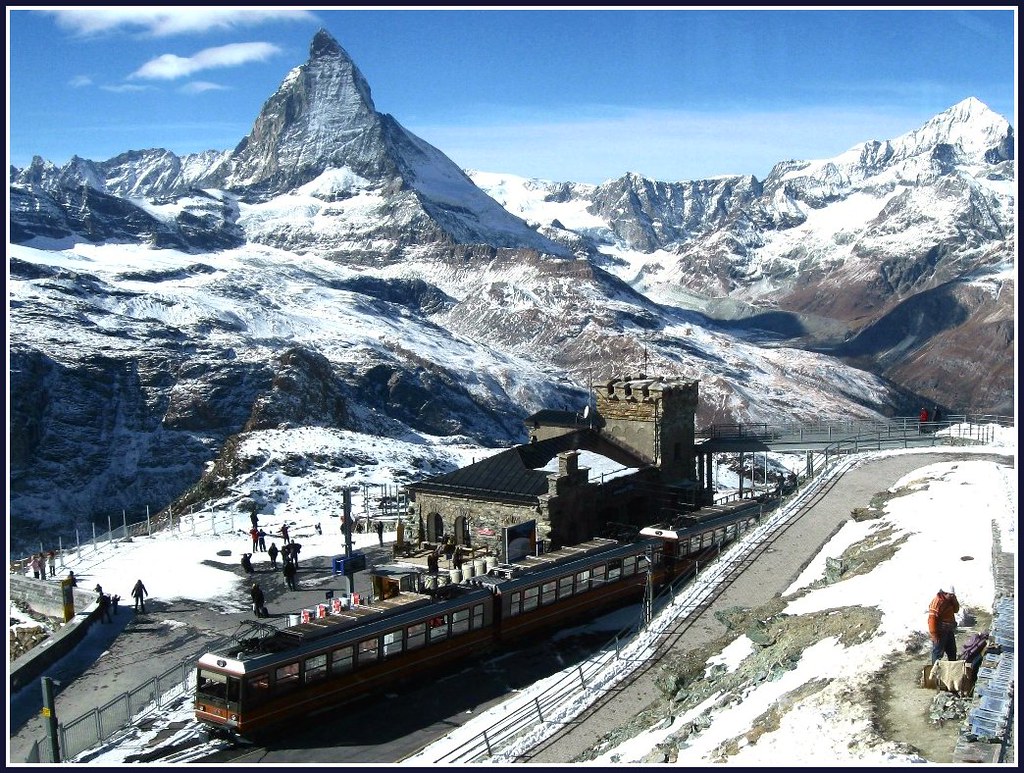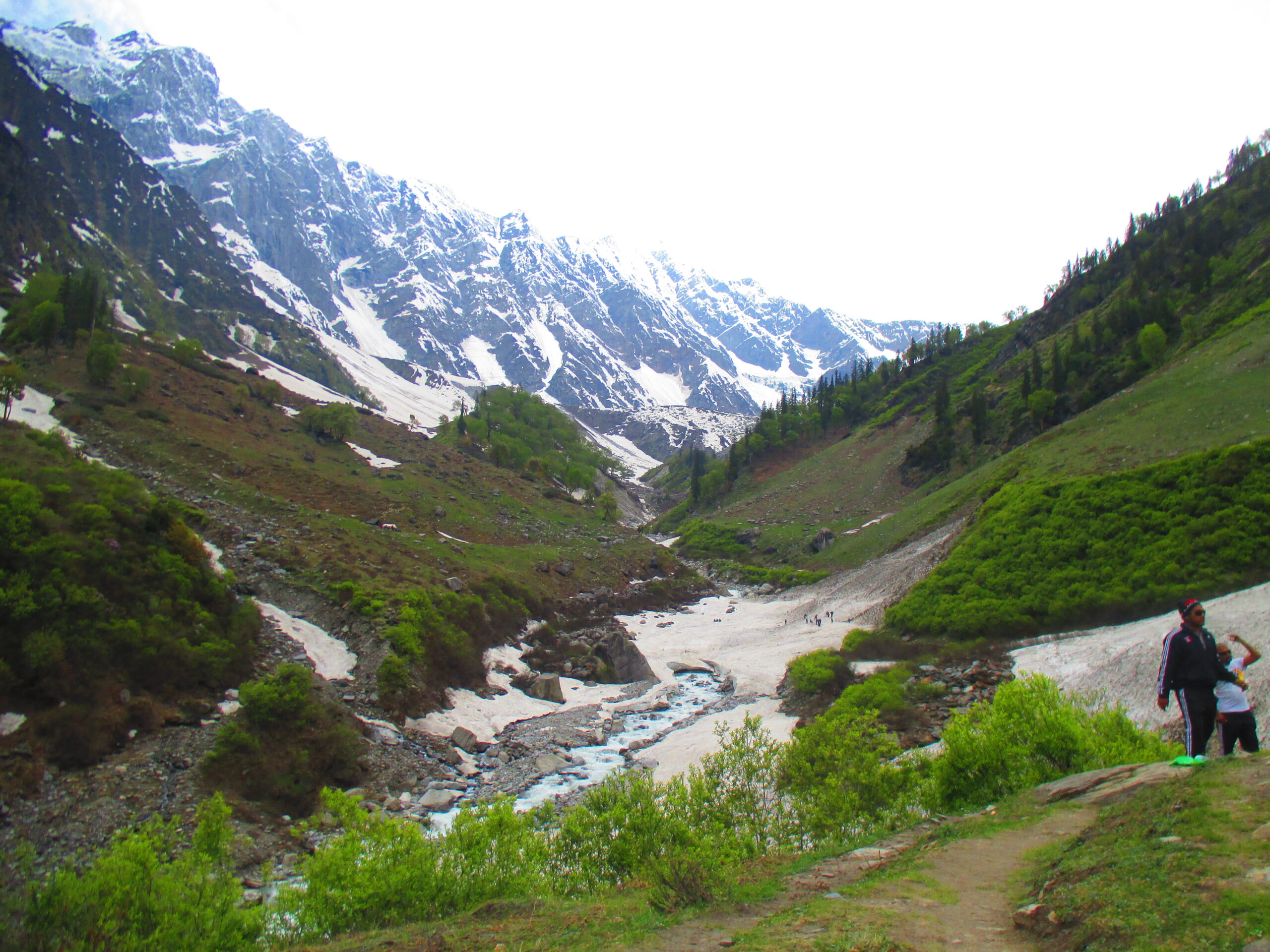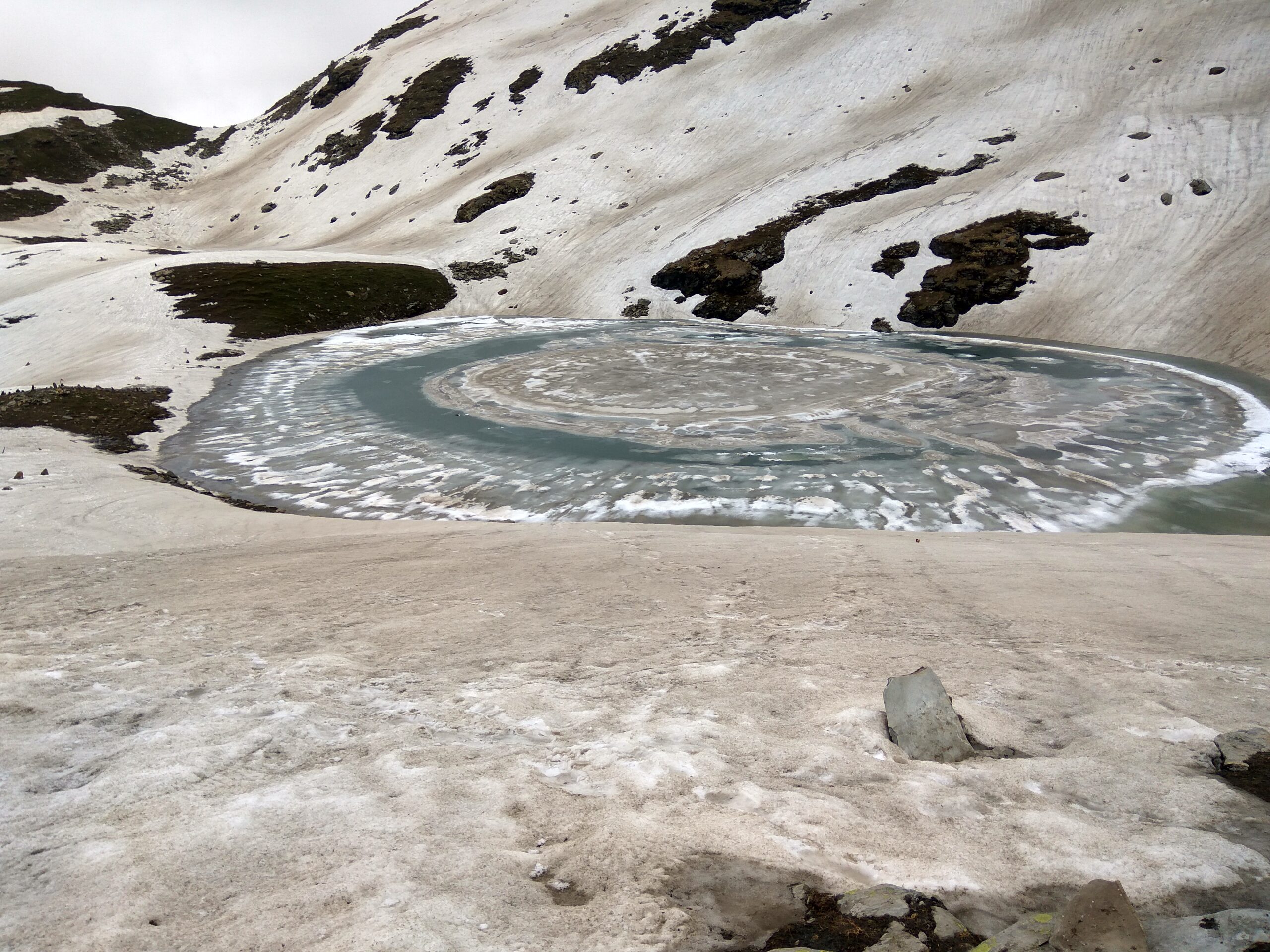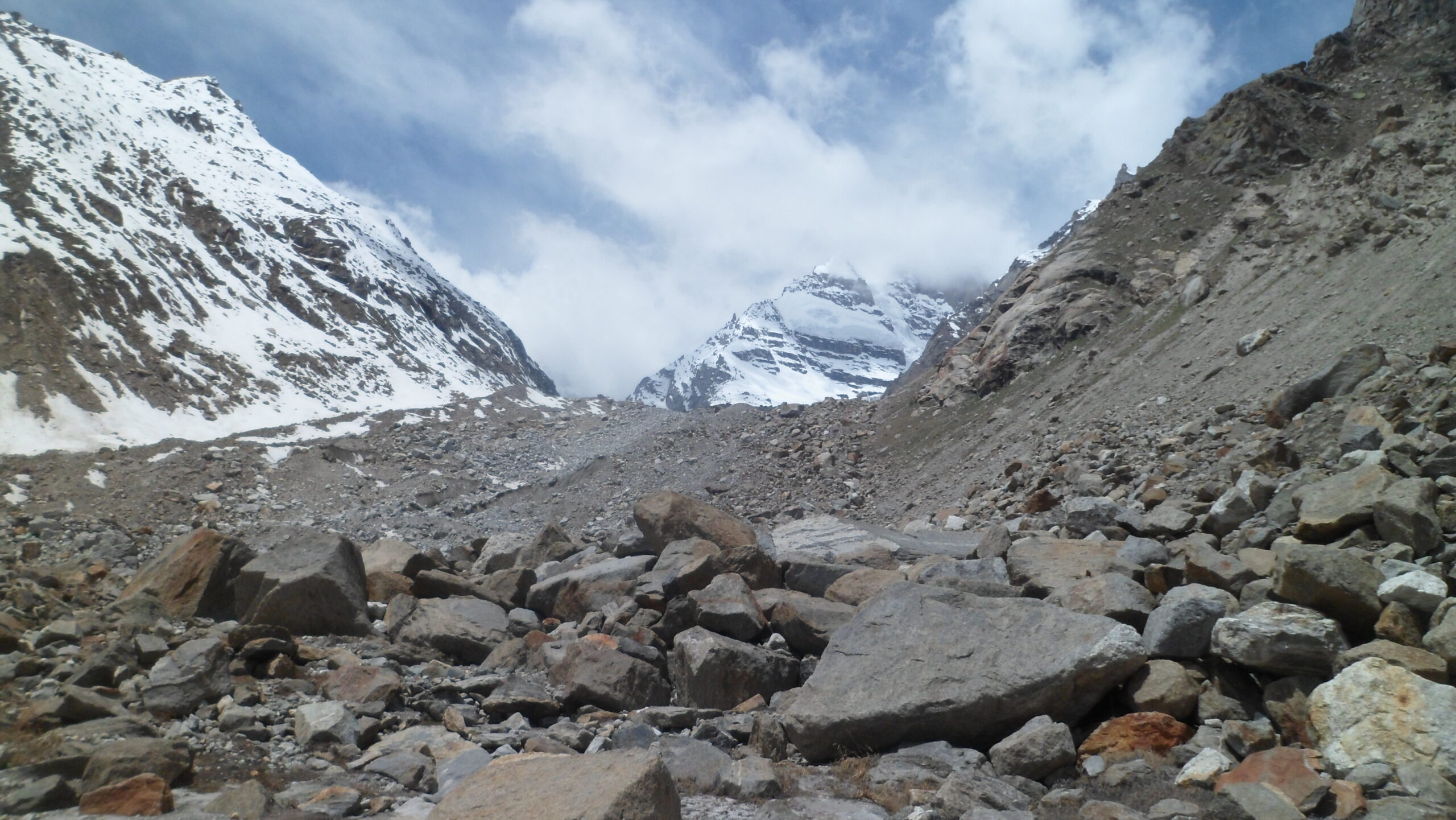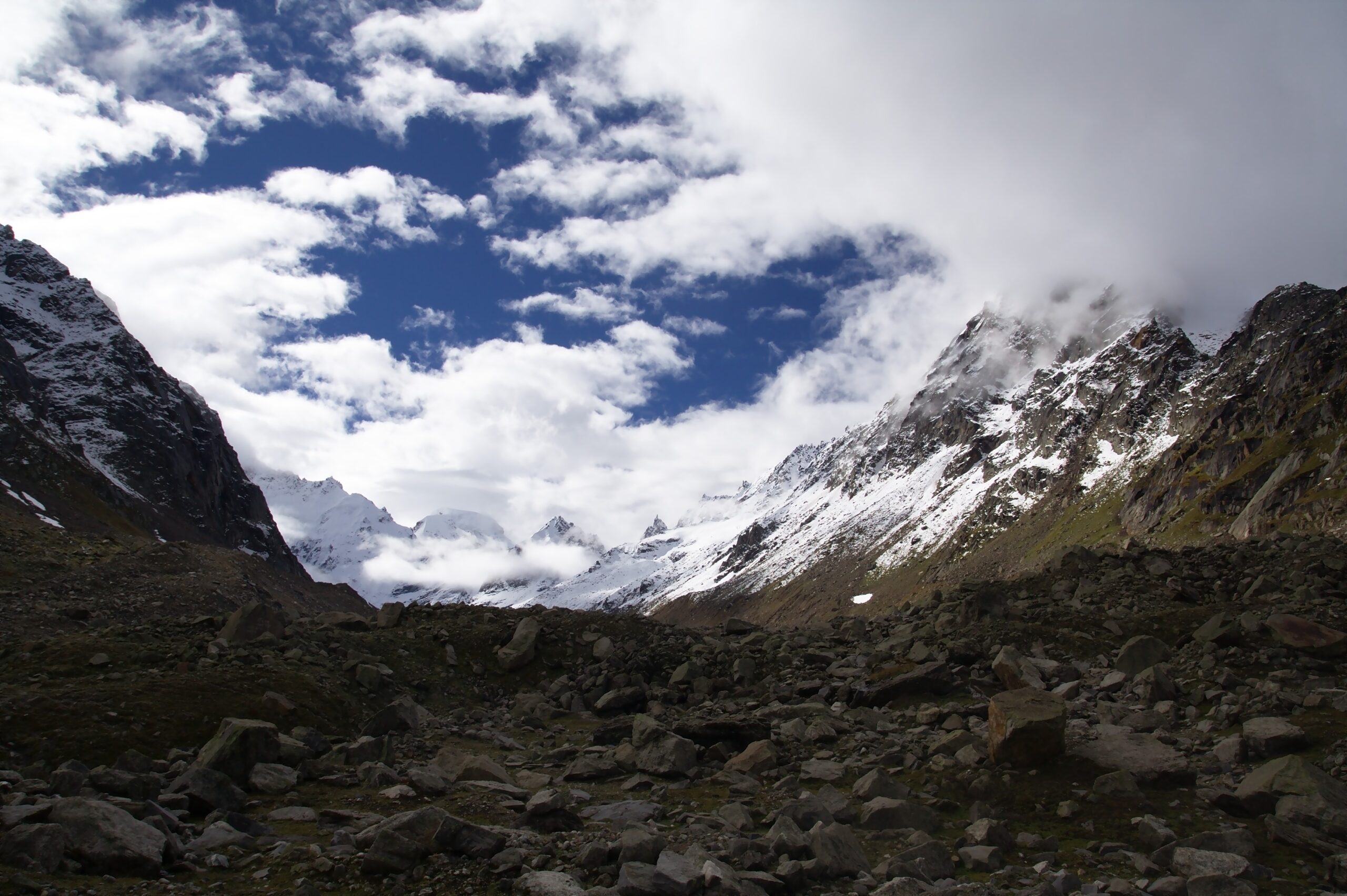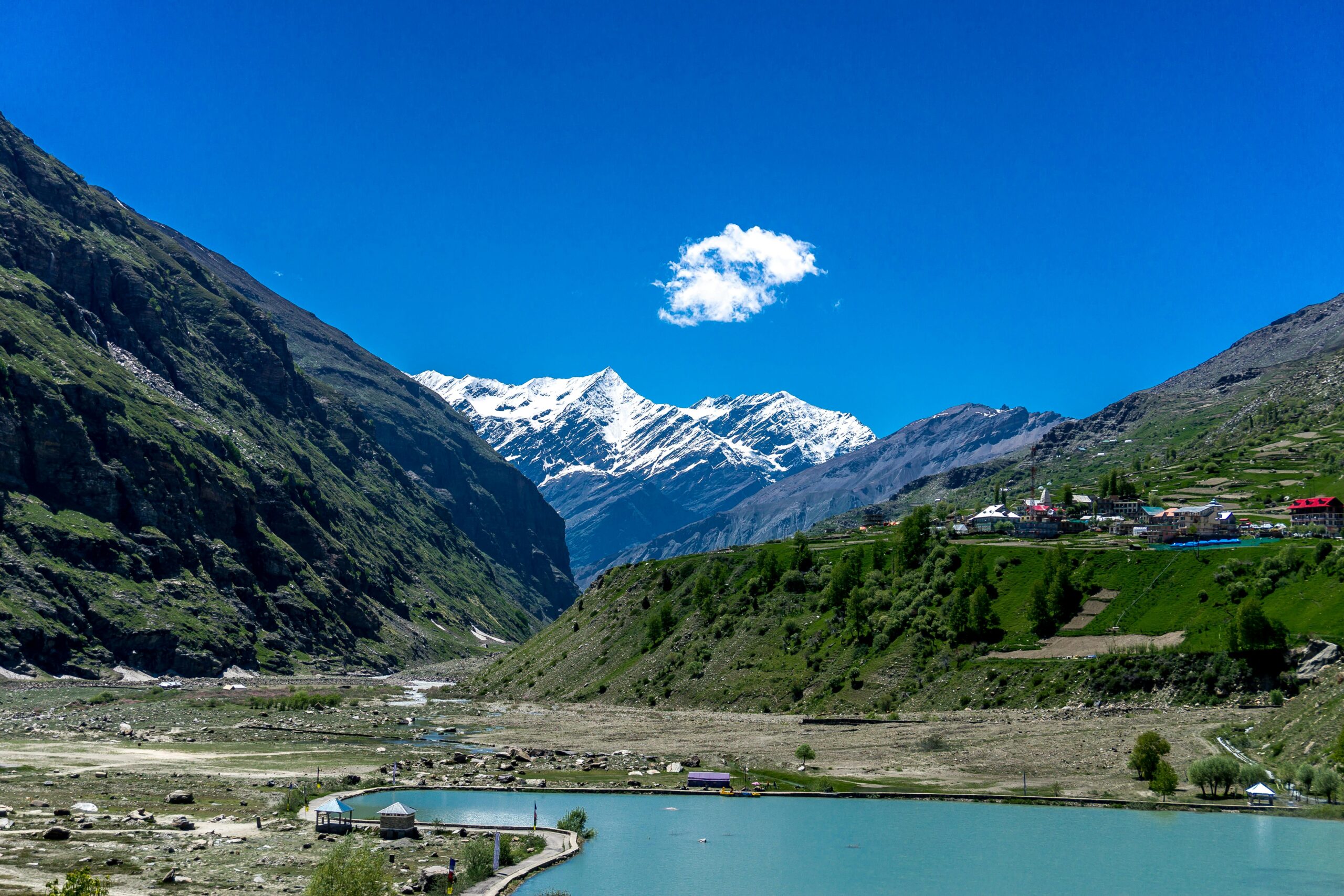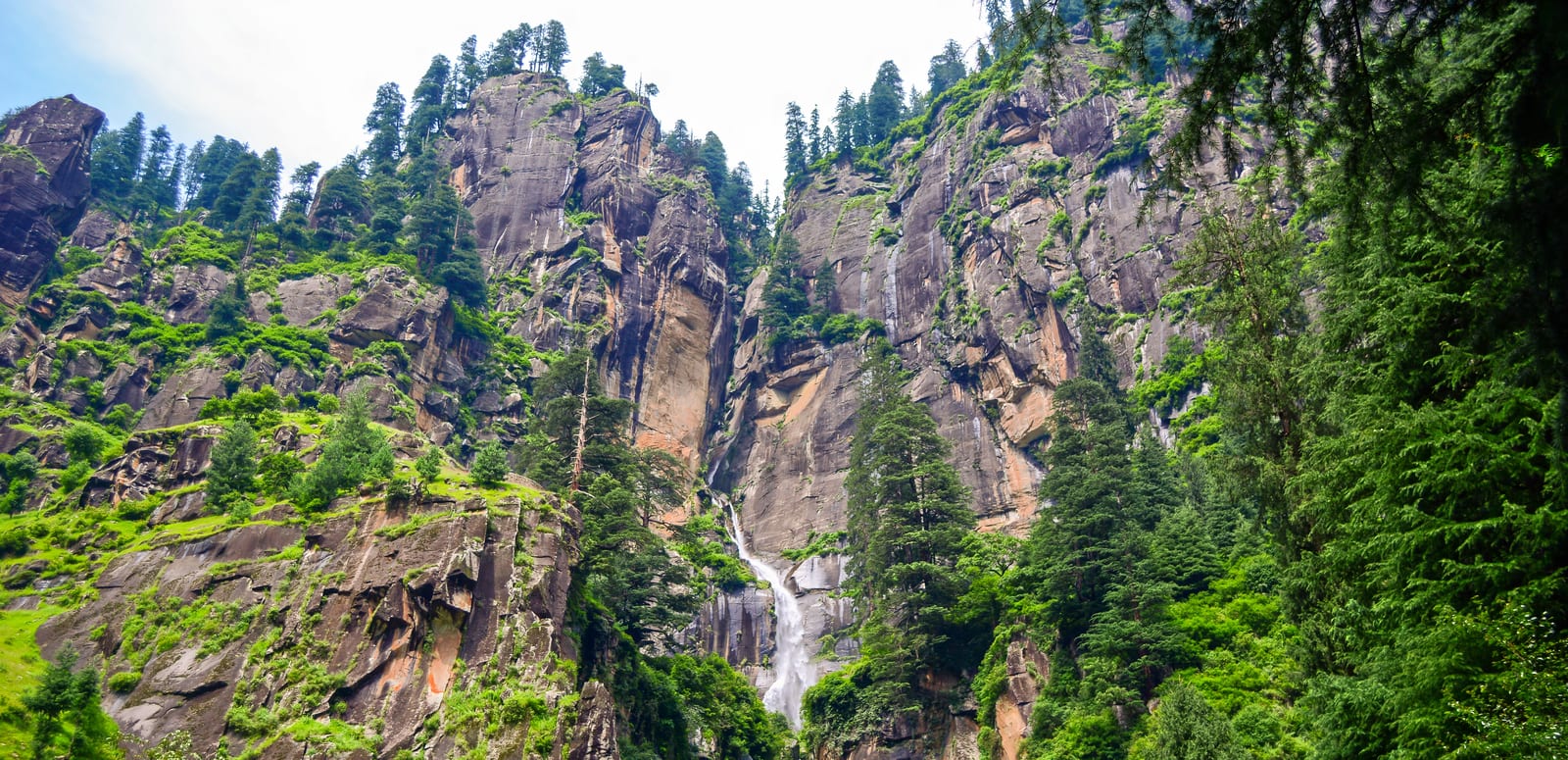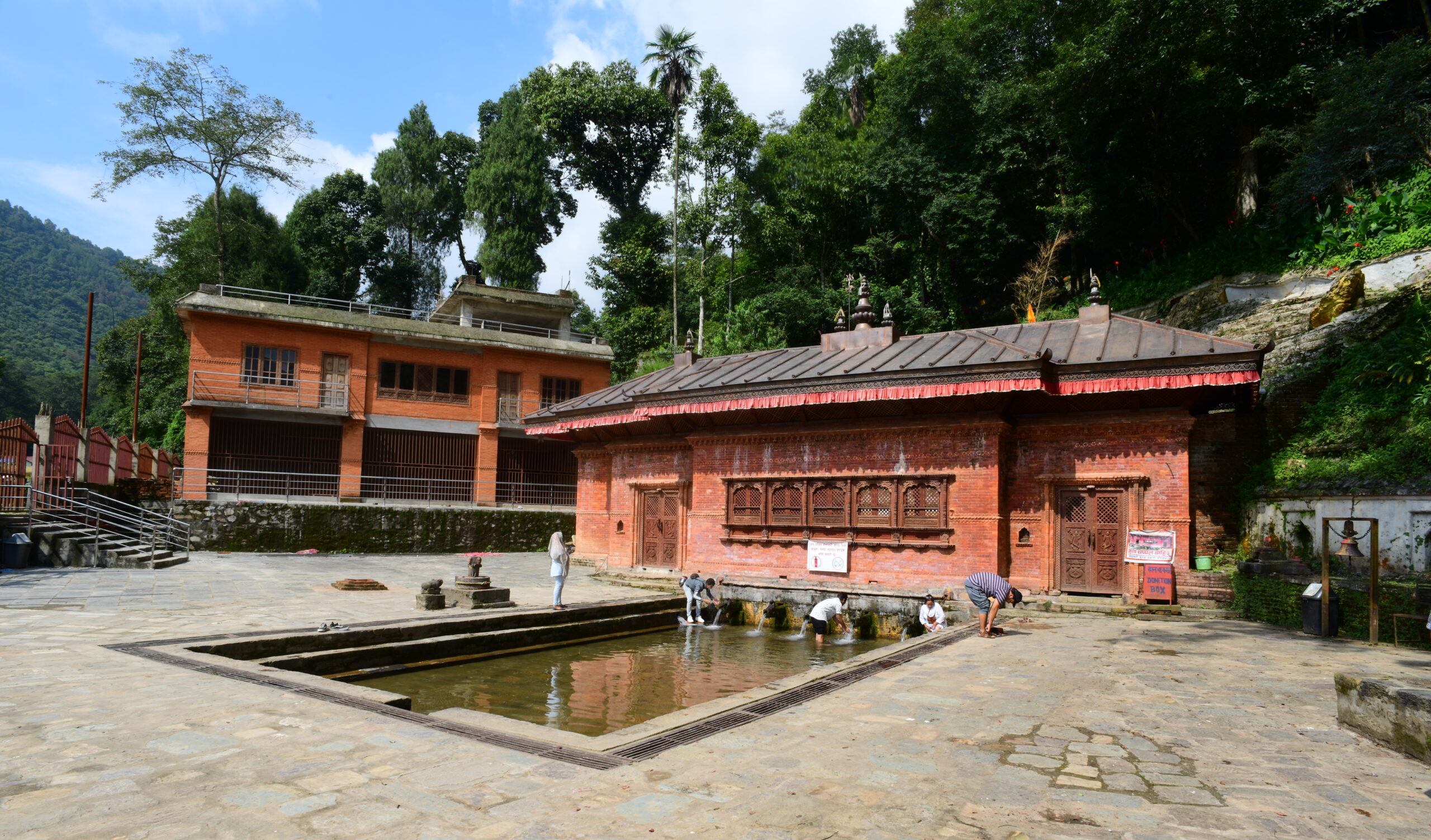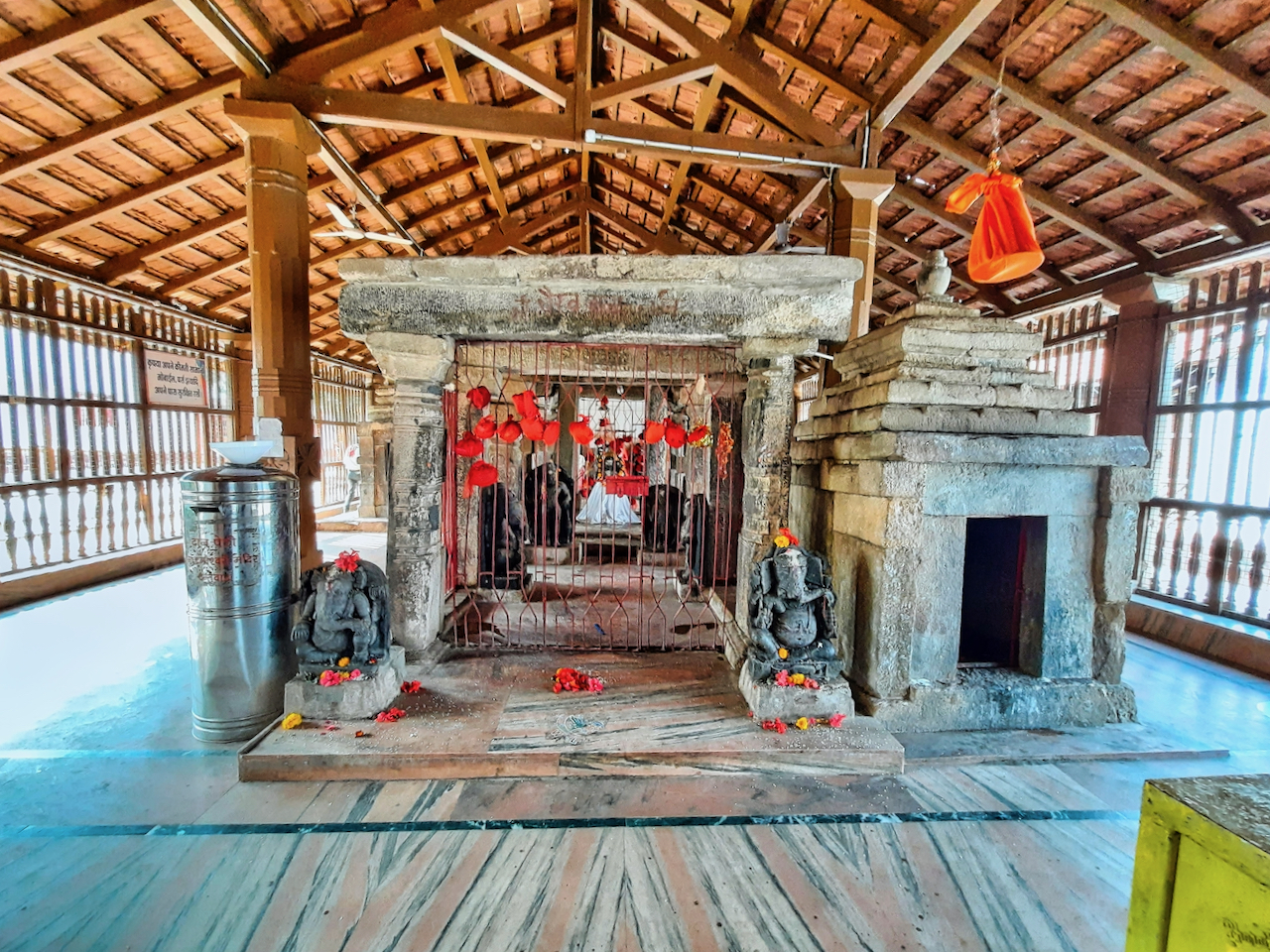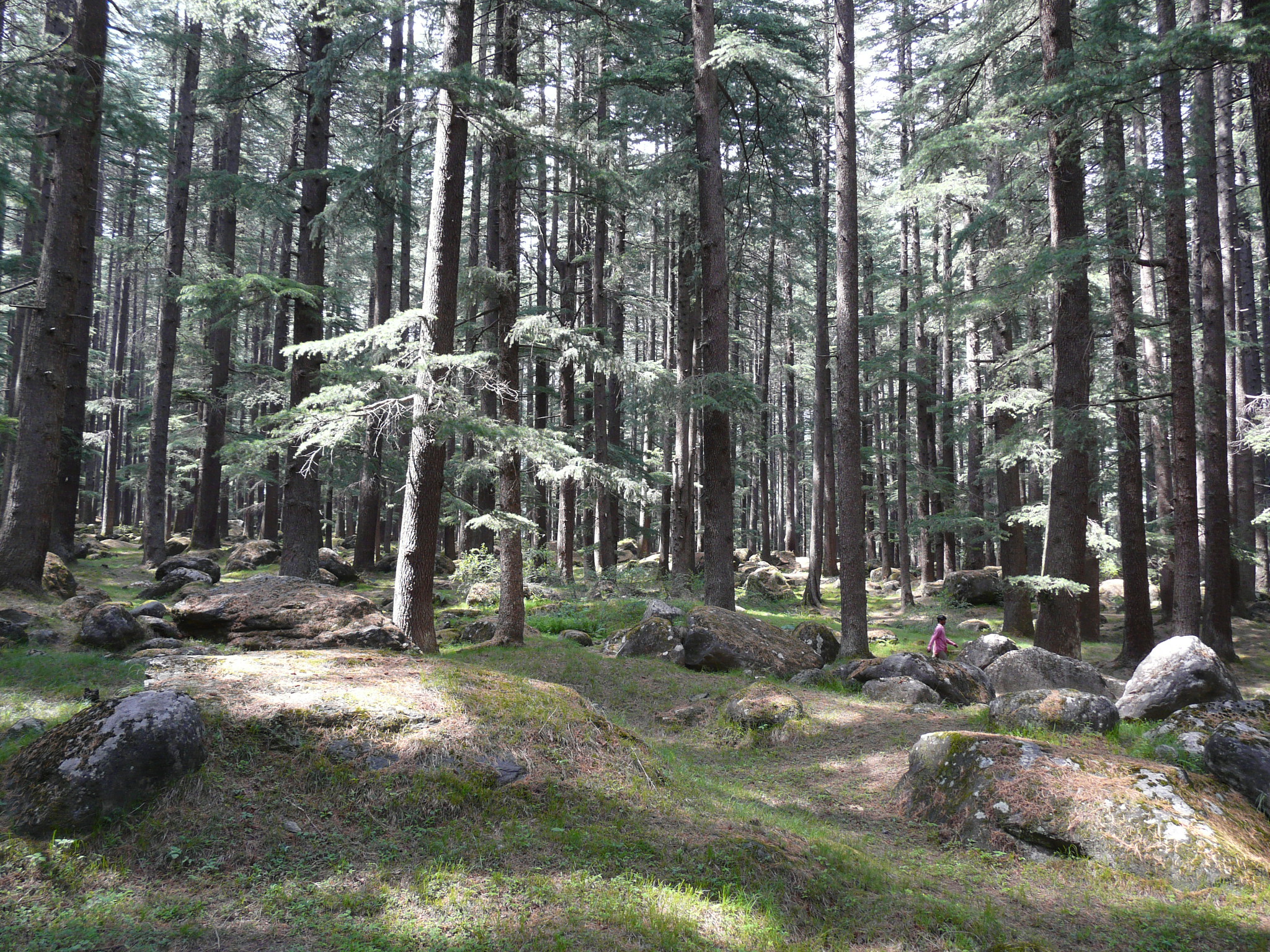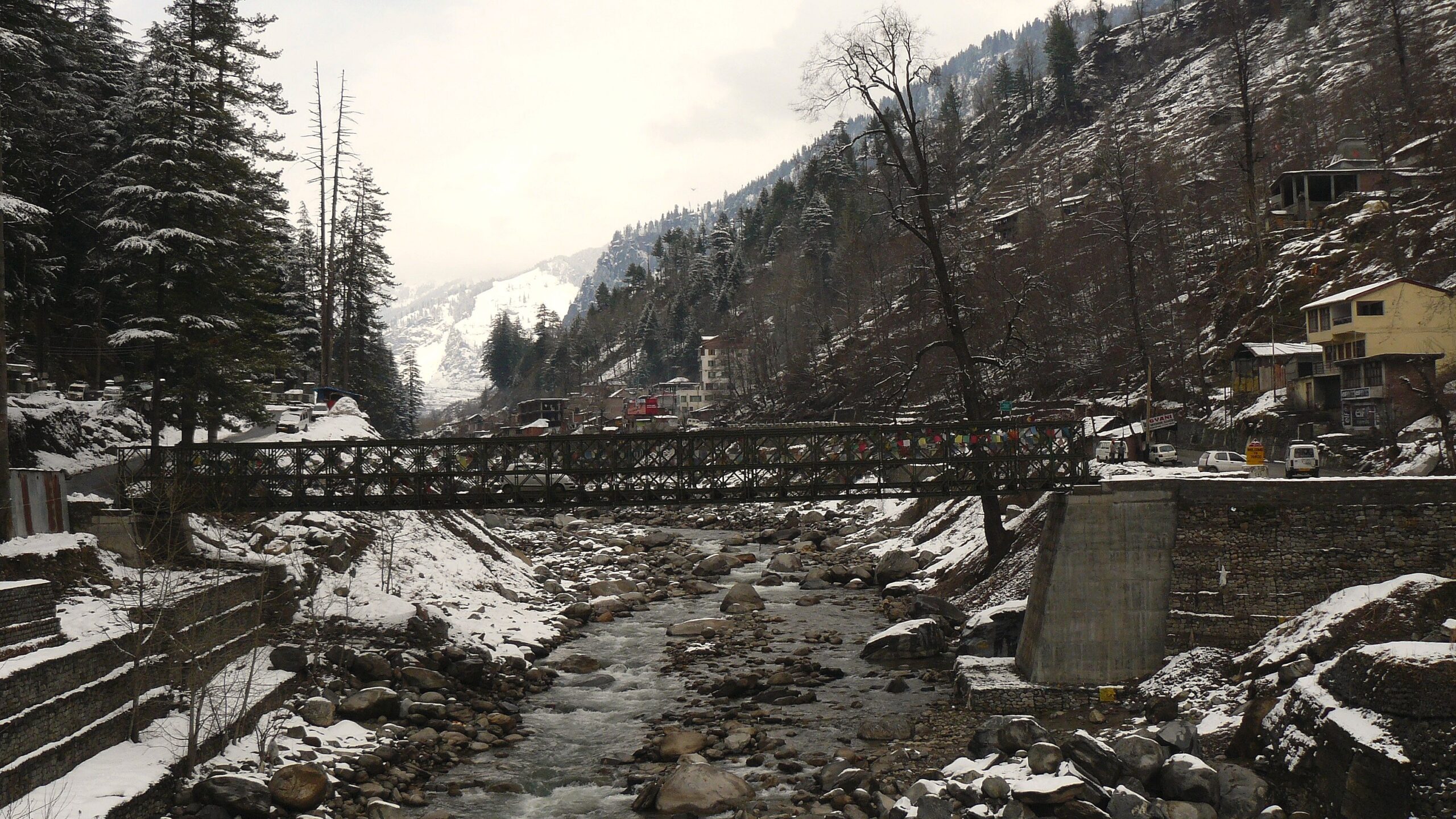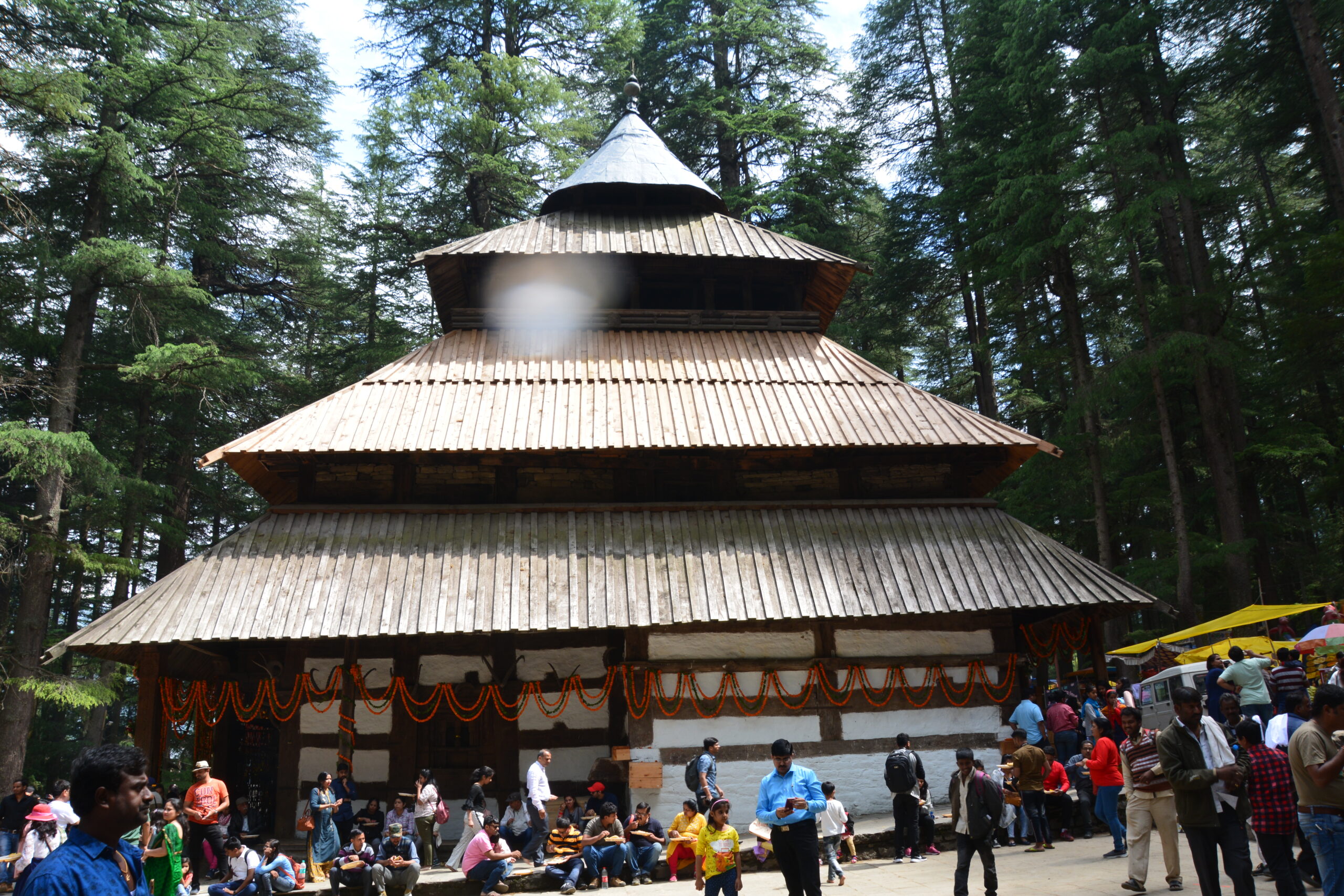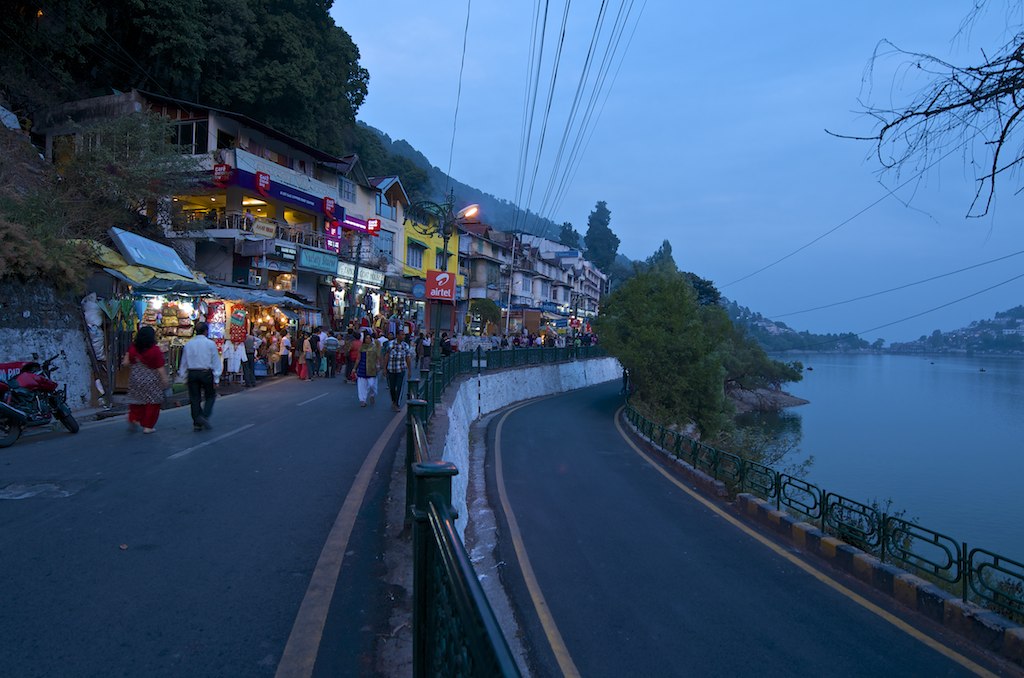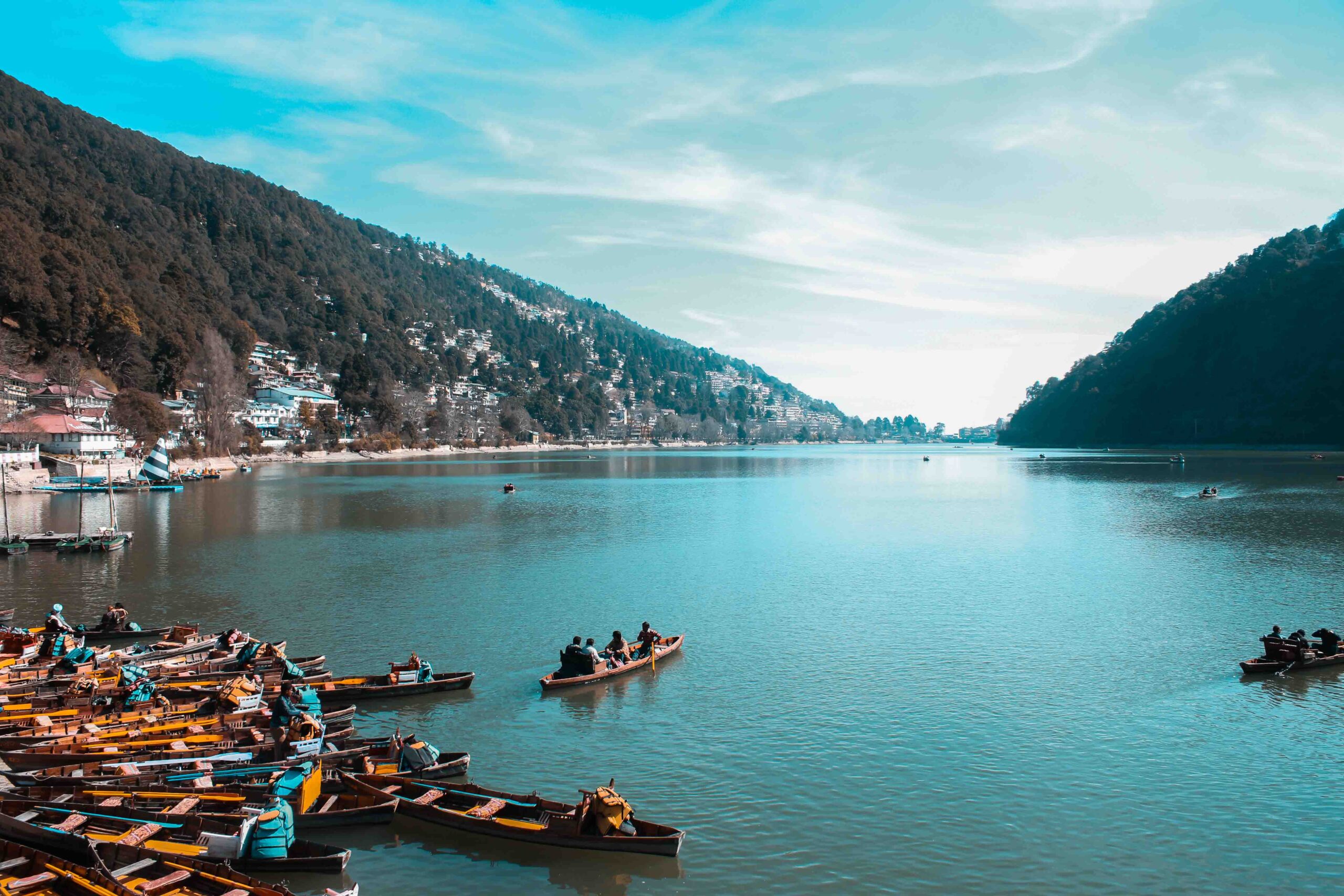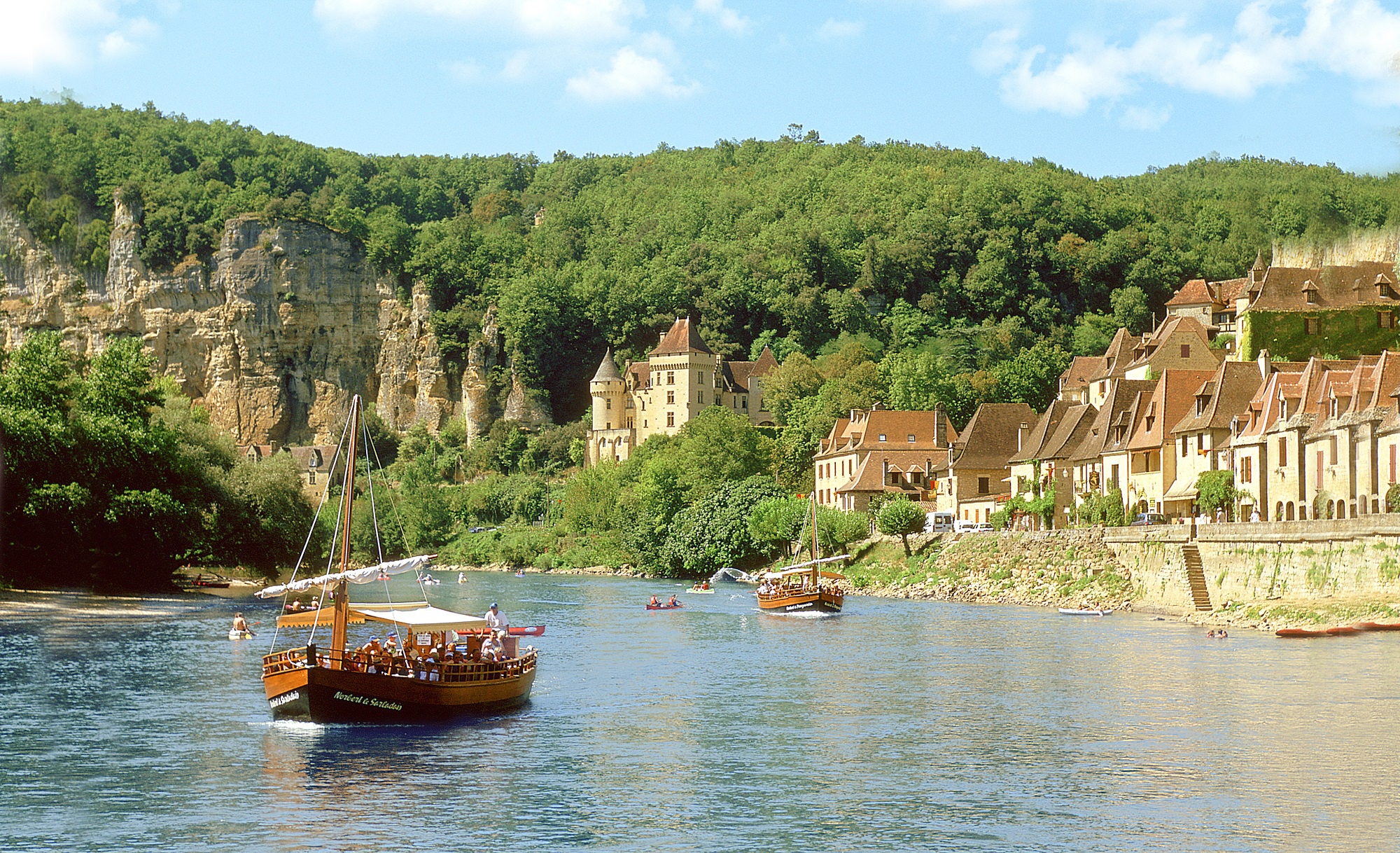
Looking for the best things to do in Dordogne (Périgord), France? This picturesque region is renowned for its breathtaking landscapes, historical landmarks, and delectable cuisine. Whether you’re fascinated by ancient cave art, enchanted by fairy-tale castles, or eager to explore charming medieval villages, Dordogne offers an abundance of unforgettable experiences. Adventure enthusiasts can embark on scenic hikes, canoe down tranquil rivers, and explore hidden caves, while history buffs can wander through centuries-old towns and magnificent chateaux. From savoring local gastronomy at quaint markets to discovering prehistoric wonders, our comprehensive guide to the best things to do in Dordogne (Périgord) ensures you won’t miss a single highlight in this Beautiful part of France.
10 Best Places to Visit in Dordogne
Planning a trip to the picturesque Dordogne region? Known for its enchanting castles, ancient caves, medieval villages, and stunning landscapes, the Dordogne offers an array of unforgettable experiences. Here’s a guide to the best places to visit in Dordogne, France, complete with essential travel information for each destination. Dive into the rich history and natural beauty of this captivating region with our comprehensive travel guide.
- Medieval Charm: Sarlat is a beautifully preserved medieval town, known for its historic architecture and cobbled streets.
- Top Attractions: Visit Sarlat Cathedral, wander through the Place de la Liberté, and admire the Maison de La Boétie.
- Activities: Explore the weekly markets, take a guided walking tour, and enjoy local cuisine at the town’s numerous restaurants.
- Best Time to Visit: Spring and fall for mild weather and fewer tourists. Avoid the high summer season if you prefer a quieter visit.
- How to Get There: Accessible by train from major French cities like Bordeaux and Toulouse; car rentals are also recommended for exploring the surrounding areas.
- Nearby Attractions: Jardins de Marqueyssac and Château de Beynac.
- Prehistoric Wonders: The Lascaux Caves are renowned for their prehistoric cave paintings, dating back over 17,000 years.
- Location: Near Montignac.
- Top Attractions: Explore the Lascaux IV International Center for Cave Art. The guided tours offer detailed insights into the significance of the prehistoric paintings.
- Activities: Engage in interactive exhibits at Lascaux IV and visit La Chapelle-aux-Saints, another significant prehistoric site nearby.
- Best Time to Visit: Year-round, though spring and fall offer pleasant weather. Summer can be busy with tourists.
- How to Get There: Drive from nearby towns or take a train to Brive-la-Gaillarde followed by a short drive.
- Nearby Attractions: The villages of Montignac and Le Thot Espace Cro-Magnon.
- Clifftop Village: This dramatic village clings to a cliffside and is a significant pilgrimage site.
- Top Attractions: Visit the Sanctuary of Rocamadour, the Château, and the Holy Way, a steep path lined with 14 Stations of the Cross.
- Activities: Walk the pilgrimage path, explore the village shops, and take in the panoramic views over the Alzou Valley.
- Best Time to Visit: Spring and early autumn for fewer crowds and pleasant temperatures.
- How to Get There: Accessible by car from major towns in the Dordogne; parking may be limited during peak tourist seasons.
- Nearby Attractions: Gouffre de Padirac and the quaint village of Autoire.
- Riverside Beauty: Beynac-et-Cazenac is one of the most beautiful villages in France, known for its stunning views and medieval charm.
- Top Attractions: Visit the Château de Beynac, and walk along the Dordogne River.
- Activities: Take a boat tour on the river, hike up to the castle, and explore the medieval streets lined with charming houses and gardens.
- Best Time to Visit: Spring to early autumn for the best weather and river activities.
- How to Get There: Easily reached by car; parking is available but can get crowded in summer.
- Nearby Attractions: Château de Castelnaud-la-Chapelle and the village of La Roque-Gageac.
- Bastide Town: Known for its perfectly preserved medieval architecture, Monpazier is a must-visit place in Dordogne.
- Top Attractions: Explore the Place des Cornières, visit the Église Saint-Dominique, and admire the Halle de Monpazier.
- Activities: Stroll through the streets, visit art galleries, and enjoy local markets featuring fresh produce, artesian crafts, and souvenirs.
- Best Time to Visit: All year round, but spring and summer are particularly lively with festivals and events.
- How to Get There: Accessible by car from larger towns and cities in the Dordogne region.
- Nearby Attractions: The villages of Beaumont-du-Périgord and Monflanquin.
- Prehistoric Capital: Often called the “Capital of Prehistory”, it’s home to numerous prehistoric sites and museums.
- Top Attractions: Visit the National Museum of Prehistory, the Font-de-Gaume Cave, and the Grotte du Grand Roc.
- Activities: Guided tours of prehistoric sites, canoeing on the Vézère River, and exploring nearby caves and rock formations.
- Best Time to Visit: Spring and fall for comfortable weather. Summer can be busy with tourists, but it’s perfect for water activities.
- How to Get There: Drive or take the train to Les Eyzies station, which is well-connected to nearby towns.
- Nearby Attractions: La Roque Saint-Christophe, a massive rock shelter used in prehistoric times, and the village of Tursac.
- Hilltop Village: Domme offers panoramic views over the Dordogne Valley and retains much of its medieval character.
- Top Attractions: Explore the Bastide of Domme, visit the Cave of Domme, and walk the Promenade des Falaises.
- Activities: Enjoy hiking, cycling, and exploring the ancient fortifications that once protected this strategic hilltop location.
- Best Time to Visit: Spring to autumn for the best views and outdoor activities.
- How to Get There: Drive or take a local bus from Sarlat or other neighboring towns. Parking is available but can fill up quickly during tourist season.
- Nearby Attractions: Château de Montfort and the village of La Roque-Gageac.
- Picturesque Setting: This charming village is nestled between cliffs and the Dordogne River.
- Top Attractions: Visit the Tropical Garden, Château de la Malartrie, and the historic Eglise de La Roque-Gageac.
- Activities: Boat tours on the Dordogne River, kayaking, and exploring the village’s narrow streets lined with historic houses and delightful cafes.
- Best Time to Visit: Spring to early autumn for boating and river activities.
- How to Get There: Easily accessible by car; parking can be limited during the busy summer months.
- Nearby Attractions: Beynac-et-Cazenac and Domme.
- Wine and Tobacco: Known for its wine and tobacco industries, Bergerac offers a mix of history, culture, and natural beauty.
- Top Attractions: Visit the Maison des Vins, the Old Town, and the National Tobacco Museum.
- Activities: Wine tasting tours, river cruises on traditional gabarres, and exploring local markets renowned for their fresh produce and handicrafts.
- Best Time to Visit: Late spring to early autumn for vineyard tours and river cruises.
- How to Get There: Accessible by train from major cities; car rentals are also an excellent option for exploring the surrounding vineyards.
- Nearby Attractions: Château de Monbazillac and the village of Issigeac, known for its medieval architecture and weekly market.
- Venice of Périgord: Often called the “Venice of Périgord”, Brantôme is a charming town situated on the banks of the Dronne River.
- Top Attractions: Visit the Brantôme Abbey, explore the Caves of Brantôme, and walk the town’s beautiful bridges and gardens.
- Activities: Canoeing on the Dronne River, exploring the abbey and caves, and enjoying local cuisine at riverside cafes offering delightful views.
- Best Time to Visit: Spring to early autumn for the best weather and outdoor activities.
- How to Get There: A short drive from Périgueux or accessible by train and bus from surrounding towns.
- Nearby Attractions: Château de Bourdeilles and the Villars Caves, a prehistoric cave site with stunning stalactites and cave paintings.
10 Best Things to Do in Dordogne
Planning an adventurous trip to the Dordogne region? Renowned for its enchanting landscapes, ancient caves, and outdoor sports, the Dordogne is a haven for thrill-seekers and nature enthusiasts. Here’s a guide to the best things to do in Dordogne, France if you’re looking for adventure activities that promise excitement and unforgettable experiences.
- Popular Water Activities: The Dordogne River is perfect for canoeing and kayaking, offering a mix of calm waters and moderate rapids.
- Top Routes: Paddle from Vitrac to Beynac or La Roque-Gageac to Les Milandes.
- Activities: Canoeing, kayaking, and paddleboarding.
- Best Time to Visit: Spring to early autumn for ideal water levels and pleasant weather.
- Travel Tip: Multiple rental companies provide equipment and guided tours, making it accessible for all skill levels.
- Nearby Attractions: Beynac-et-Cazenac, Château de Castelnaud, and La Roque-Gageac.
- Aerial Adventure: Experience the breathtaking landscapes of the Dordogne from above in a hot air balloon.
- Top Locations: Launch sites near Sarlat, La Roque-Gageac, and Beynac.
- Activities: Sunrise and sunset balloon rides with panoramic views of chateaux, rivers, and rolling hills.
- Best Time to Visit: Spring and autumn for the most stable weather conditions.
- Travel Tip: Book in advance, especially during peak tourist season, for the best slots.
- Nearby Attractions: Explore the local villages after your flight for a complete experience.
- Scenic Trails: With its diverse landscapes, Dordogne offers numerous hiking trails that pass through forests, vineyards, and along rivers.
- Top Trails: Paths in the Dordogne Valley, hikes around Domme, and routes in the Vézère Valley.
- Activities: Hiking, nature walks, and birdwatching.
- Best Time to Visit: Spring and autumn for pleasant weather and fewer crowds.
- Travel Tip: Wear sturdy hiking boots and bring plenty of water; some trails can be quite long and rugged.
- Nearby Attractions: Visit nearby caves, castles, and historical sites.
- Rock Climbing Spots: Dordogne offers excellent rock climbing opportunities with its limestone cliffs and diverse routes.
- Best Locations: Climbing areas near Les Eyzies, Rocamadour, and Cingles de Limeuil.
- Activities: Rock climbing, bouldering, and abseiling.
- Best Time to Visit: Late spring to early autumn for the best climbing conditions.
- Travel Tip: Several local companies offer guided climbing experiences and equipment rental.
- Nearby Attractions: Explore nearby historical sites and natural attractions after your climb.
- Underground Exploration: Discover the fascinating underground world of Dordogne with its myriad of caves and grottoes.
- Top Caves: Grotte de Font-de-Gaume, Grotte de Rouffignac, and Gouffre de Proumeyssac.
- Activities: Guided caving tours, archaeological excursions, and exploring cave formations.
- Best Time to Visit: Year-round, though summer offers more frequent guided tours.
- Travel Tip: Wear suitable clothing and shoes; temperatures can be cooler in the caves.
- Nearby Attractions: Visit nearby villages and prehistoric sites for a full-day adventure.
- Thrilling Rides: Dordogne’s varied terrain makes it an excellent destination for mountain biking.
- Best Trails: Trails around Sarlat, Beynac and the Vézère Valley.
- Activities: Mountain biking, cross-country trails, and trail biking.
- Best Time to Visit: Late spring to early autumn when the trails are dry and weather is mild.
- Travel Tip: Rent bikes locally and inquire about guided tours and the best routes for your skill level.
- Nearby Attractions: Combine your bike ride with visits to local chateaux and scenic viewpoints.
- Winter Sports: Although not as predominant as in the Alps, there are winter sports opportunities in the Dordogne region, particularly in higher altitudes.
- Best Locations: Lac Blanc, Le Champ du Feu.
- Activities: Skiing, snowboarding, and snowshoeing.
- Best Time to Visit: Late December to February for the snow season.
- Travel Tip: Equip yourself appropriately and consider taking lessons if you are a beginner.
- Nearby Attractions: Enjoy après-ski activities in nearby towns and villages.
- Soaring High: Paragliding is a fantastic way to appreciate the Dordogne’s stunning landscapes from a bird’s-eye view.
- Top Spots: Launch sites near La Roque-Gageac, Beynac, and Sarlat.
- Activities: Tandem paragliding, solo flights for experienced paragliders, and scenic glides.
- Best Time to Visit: Late spring to early autumn for favorable wind conditions.
- Travel Tip: Book in advance and ensure you’re flying with a certified instructor.
- Nearby Attractions: Further explore the regions you viewed from the sky on foot or by bike.
- High-Flying Fun: Experience the thrill of zip lining and navigating aerial obstacle courses in the Dordogne.
- Best Parks: Boyard Adventure Park and Monkey’s Forest.
- Activities: Zip lining, climbing courses, and adventure playgrounds.
- Best Time to Visit: Spring through autumn for the best weather and park operations.
- Travel Tip: Wear comfortable, sporty clothing and adhere to all safety instructions.
- Nearby Attractions: Spend the rest of the day exploring nearby natural parks and historical sites.
- Equestrian Excitement: Explore the Dordogne countryside on horseback for a unique and immersive adventure.
- Top Trails: Paths through the Dordogne Valley, Sarlat, and around the Vézère River.
- Activities: Guided horseback rides, trail riding, and lessons for beginners.
- Best Time to Visit: Spring to autumn when the trails are dry and the landscape is vibrant.
- Travel Tip: Book in advance, especially if you’re visiting during peak seasons.
- Nearby Attractions: Explore local vineyards, villages, and chateaux for a complete experience.
Travel Information for Dordogne
Planning a visit to the enchanting Dordogne region? Known for its stunning landscapes, rich history, and charming medieval villages, the Dordogne is a must-visit destination in France. Here’s your comprehensive travel guide for Dordogne, packed with essential travel information for Dordogne, France, to ensure your trip is smooth and unforgettable.
- By Air: The main airports serving Dordogne are Bergerac Dordogne Périgord Airport (EGC) and Bordeaux Mérignac Airport (BOD). Toulouse-Blagnac Airport (TLS) is also an option, about a two-hour drive away.
- By Train: The region is well-connected by train. Major train stations include Gare de Périgueux, Gare de Sarlat, and Gare de Bergerac. You can reach these stations by taking a TGV from Paris to Bordeaux and transferring to a local train.
- By Car: Dordogne is accessible via the extensive French motorway network. The A89 motorway runs through the region, connecting Bordeaux to Lyon.
- By Bus: Long-distance bus services like FlixBus and Ouibus offer routes to various towns in Dordogne, including Sarlat and Bergerac.
- Public Transit: Dordogne has a reliable public transport system, including regional buses and trains connecting major towns. Check out TER Nouvelle-Aquitaine for schedules and routes.
- Car Rentals: Renting a car is highly recommended for exploring the Dordogne’s scenic countryside and remote villages. Car rental agencies are available at airports and major towns.
- Biking: Dordogne is bike-friendly with numerous cycling routes. Rent bikes locally to explore charming villages and scenic trails.
- Taxis and Rideshares: Taxis are available in urban areas. Rideshare services like Uber are limited, so booking local taxis in advance can be more practical.
- Luxury Hotels: Experience top-tier luxury at places like Château des Vigiers in Monestier and Le Vieux Logis in Trémolat, which offers opulent rooms and exquisite dining.
- Boutique Hotels: For unique stays, consider Hôtel La Couleuvrine in Sarlat and Les Chambres de l’Abbaye in Paunat.
- Budget-Friendly Options: Affordable choices include Ibis Hotels, B&B Hotels, and hostels like Le Relais de Vilette in Périgueux.
- Vacation Rentals: Use platforms like Airbnb and Gîtes de France to find charming cottages and vacation homes in scenic locations.
- Spring (March to May): Ideal for blooming landscapes and mild weather, perfect for hiking and exploring villages.
- Summer (June to August): Warm weather and long days make summer ideal for river activities and festivals but expect more tourists.
- Autumn (September to November): Beautiful fall foliage and harvest season, making it ideal for vineyard tours.
- Winter (December to February): Quieter with fewer tourists, though some attractions may be closed or have limited hours.
- Lascaux Caves: Explore prehistoric cave paintings at the Lascaux IV International Center for Cave Art.
- Sarlat-la-Canéda: Wander through this well-preserved medieval town, known for its historic architecture and bustling markets.
- Château de Beynac: Visit this stunning medieval fortress overlooking the Dordogne River.
- Dordogne River: Enjoy canoeing, kayaking, and leisurely boat tours on one of France’s most beautiful rivers.
- Rocamadour: Discover this dramatic clifftop village, a significant pilgrimage site with stunning views.
- Domme: Explore this hilltop village offering panoramic views over the Dordogne Valley.
- Traditonal Dordogne Cuisine: Savor regional dishes such as foie gras, confit de canard (duck confit), and truffles. Dordogne is known for its rich and flavorful cuisine.
- Wine: Sample wines from local vineyards, including Bergerac reds and sweet Monbazillac wines.
- Pastries and Sweets: Indulge in local treats like walnut cake and pastis (a sweet, anise-flavored cake).
- Markets: Visit local markets such as the Sarlat Market and the Bergerac Market to sample and buy fresh, regional produce and specialties.
- Local Markets: Shop for fresh produce, artisanal goods, and souvenirs at markets like Marché de Sarlat and the Saint-Cyprien Market.
- Boutique Shops: Find unique gifts and local delicacies in the quaint boutiques of towns like Domme and Les Eyzies.
- Wine and Spirits: Visit local vineyards and wine shops to buy regional wines and spirits.
- Artisans and Crafts: Explore shops offering handmade crafts, pottery, and textiles, particularly in villages like Monpazier and Rocamadour.
- Language: French is the official language. While many locals in tourist areas speak some English, learning basic French phrases is appreciated.
- Currency: The currency used is the Euro (€). Credit cards are accepted almost everywhere, but having some cash is handy for smaller purchases and markets.
- Safety: Dordogne is generally very safe, but exercise standard precautions. Secure valuables and stay vigilant in crowded places.
- Weather: Be prepared for changing weather, particularly in spring and autumn. Always carry a light jacket and an umbrella.
- Greetings: A polite “Bonjour” (hello) and “Merci” (thank you) go a long way. In formal settings, a handshake or light kiss on the cheek (La bise) is customary.
- Dining Etiquette: Dining is considered an art in France. Wait until everyone is served before starting your meal. Tipping is usually included (service compris), but leaving a small extra tip for excellent service is appreciated.
- Dress Code: Dress modestly for church visits and stylishly for dining out. While casual wear is suitable for sightseeing, the French appreciate a well-put-together appearance.
- Hiking and Cycling: Explore scenic trails and cycling routes in the Dordogne Valley, Périgord-Limousin Natural Park, and around Domme.
- Water Sports: Enjoy canoeing, kayaking, and paddleboarding on the Dordogne River and its tributaries.
- Rock Climbing and Spelunking: Discover excellent climbing spots and fascinating caves, like the Grotte de Font-de-Gaume and the Gouffre de Padirac.
- Horseback Riding: Explore the countryside on horseback with guided rides available in several locations, including around Sarlat and Beynac.
This detailed travel guide for Dordogne is designed to help you make the most of your visit to this enchanting region. With its breathtaking landscapes, rich history, and delightful culinary experiences, Dordogne offers something for every traveler. Use this essential travel information for Dordogne, France to plan your perfect trip and immerse yourself in the charm of one of France’s most captivating regions. Bon voyage!
Rajasthan, often referred to as the “Land of Kings,” is a mesmerizing state in northwestern India known for its majestic palaces, historic forts, and vibrant cultural heritage. With its rich history, diverse landscapes, and colorful traditions, Rajasthan stands out as one of the most beautiful places to visit in India. This comprehensive guide will take you through some of the most beautiful places to visit in Rajasthan, perfect for your next adventure.
